Nasrid Palace
The Nasrid Palace is one of the main attractions in the Alhambra complex by the Nasrid Dynasty and served as the royal residence for the Muslim rulers of Granada. The Nasrid Palace is undoubtedly the crown jewel of the Alhambra. The palace offers the finest example of the refined, intricate, and elegant architectural style of the Moorish civilization.
The photogenic palace is a testament to the ingenuity and artistry of the Islamic architects and craftsmen who designed and built it. The palace complex is a series of interconnected buildings and courtyards, each one more beautiful than the last. The walls, ceilings, and floors of the palace are adorned with intricate geometric patterns, calligraphy, and ornate plasterwork. The palace also features an extensive use of water, with pools, fountains, and channels running throughout the complex.
Originally, the palace was painted in bright colors — red, blue, green, and gold. But the colors faded over time. There are three basic sections to the palace: royal offices, ceremonial rooms, and private quarters. You begin by walking through the Mexuar, the administrative rooms.
The Mexuar
The visit to the Nasrid Palaces begins with the Sala del Mexuar (Mexuar Hall).
This palace, which was most likely constructed under the order of Ismail I (1314-1325), is one of the Alhambra’s oldest structures, but it is also one of the most altered after the arrival of the Christian kings.
You can see the beautiful arches and intricate plasterwork that adorns the walls and ceilings. The space is also notable for its ornate wooden ceiling, decorated with carved and painted stars.
Mexuar was the place where the sultans received foreign ambassadors, held court, and made important decisions about the kingdom. The hall was remodeled in the times of Yusuf I and Muhammad V, so very little remains from the time of Ismail I.
In the 16th century, an upper floor was added to this room and it was transformed into a chapel where a courtyard and the choir were placed.
The Palace of Comares
Golden Room
The Golden Room dates back to the reign of Muhammad V and had a magnificent wooden roof, hence the name. However, because it was renovated by the Catholic Monarchs, we can no longer see it in its entirety.
It was still used for administrative and government duties and was most likely used by court secretaries.
At its entrance, we find a porch of three arches on columns, with marble capitals of the 12th century. On the left, a small arch communicates with the Mexuar and, in the background, there is another arch flanked by two other small ones, which links to a small room, the shield of the Catholic Monarchs and their emblems. On the front wall of the room, we find a balcony divided by a column with a Christian capital under a Moorish frieze.
A lovely portico with three pillars leads to the Patio del Cuarto Dorado.
Courtyard of the Golden Room
The Patio del Cuarto Dorado links the Mexuar with the Palacio de Comares. It is the border between the private area and the public area of the palace.
It was named after the grottoes of the repainted Arab roofs of this hue during the reign of the Catholic Monarchs. A low marble fountain with gallons stands in the center of the courtyard.
The sultan welcomed the subjects who had obtained a special audience in this courtyard. The sultan sat in a jamuga in the central part of the facade, between the two doors, under the great eave that was his canopy as a crown. This was how the theatrical effect that was sought prior to the arrival of the monarch was prepared: the sultan could be spoken to and make the proper requests above the heads of the soldiers.
Court of the Myrtles
As soon as we enter through the door on the left, we cross a triple bend and find ourselves before the spectacular Patio de los Arrayanes. Patio de los Arrayanes, also known as the Court of the Myrtles, is a stunning courtyard surrounded by walls with arches and columns, and is one of the most photographed and visited areas of the Alhambra.
The most striking feature of the Patio de los Arrayanes is the large reflecting pool that runs through the center of the courtyard, which creates a beautiful mirror-like effect of the arches and the surrounding trees. The pool is surrounded by myrtle bushes (hence the name) and is fed by a network of channels and fountains, creating a calming and serene atmosphere.
The patio was built during the reign of Muhammad V in the 14th century and was used for official ceremonies and receptions. The palace’s throne room, the Hall of the Ambassadors, is located on one side of the courtyard and is decorated with intricate carvings and a magnificent ceiling. The walls of the courtyard are adorned with beautiful stucco work and arabesques, and the arches are adorned with colorful tile mosaics.
Comares Tower
The Comares Tower is the tallest in the Alhambra (45 meters). The tower is named after its magnificent Hall of the Ambassadors, which is located on its top floor. The hall is considered one of the most stunning and well-preserved examples of Islamic architecture in the world.
The interior of the hall is decorated with intricate plasterwork, calligraphy, and tilework, and features a high, domed ceiling that is supported by a forest of ornate columns.
Ambassadors Hall
If you head left through an antechamber and you arrive in the Grand Hall of the Ambassadors. It is the largest room in the Alhambra, 37 feet square and 75 feet tall.
The Ambassadors Hall, also known as the Sala de los Embajadores in Spanish, is famous for its ornate decoration, including intricately carved stucco, tile work, and plaster molding. The most notable feature of the room is the impressive dome, which is supported by 12 columns and is decorated with intricate carvings and a central rosette. The ceiling is extremely elaborate and suggests the complexity of the universe. It was constructed using 8,000 small cedar wood pieces to make a delicate mosaic, which conjures the image of a star-scattered night sky.
The hall is named after the fact that it was where the Nasrid kings received important guests and foreign dignitaries. It was also used for ceremonial occasions and for holding court. The room was built in the 14th century and has undergone several restorations over the years to preserve its original beauty.
The Palace of Lions
Courtyard of the Lions
The Palace of the Lions was built by Mohammed V and was the residence of the royal family. A beautiful arched gallery supported by 124 columns surrounds its 14th-century rectangular Courtyard of the Lions. The palace is named after the twelve marble lions that surround the central fountain in the courtyard, which symbolize strength and power.
This is probably the most iconic part of the Nasrid Palace. Mohammed V built the alabaster fountain in 1360. It has a complex hydraulic system consisting of a marble basin on the backs of twelve carved stone lions situated at the intersection of two water channels that form a cross.
One of the highlights of the Palace of Lions is the famous fountain in the central courtyard. This fountain features twelve marble lions, which are arranged in a circle around the fountain. The four water channels symbolize the four rivers of paradise. The lions, all with different faces, are a symbol of power and courage. They were cleaned and restored in 2010. Water flows from the mouths of the lions into the basin below, creating a soothing and peaceful atmosphere.
The courtyard is surrounded by arches and columns, which are intricately decorated with carvings and tilework. and connects to the Hall of the Abencerrajes.
Abencerrajes Room
The Abencerrajes Room is named after a legendary Arab clan, the Abencerrajes, who was said to have been beheaded here. The room is famous for its beautiful decorative features and intricate architecture.
The Abencerrajes Room is octagonal in shape and features a domed ceiling with a central, star-shaped skylight. The walls are adorned with intricate stucco work, which includes geometric designs, calligraphic inscriptions, and vegetal motifs. The stucco is painted in shades of red, blue, and gold, giving the room a warm and vibrant atmosphere.
One of the most striking features of the Abencerrajes Room is its central fountain. The fountain is made of white marble and is carved with intricate floral designs. Water flows from the fountain into a central basin, which is surrounded by a raised platform that provides seating for visitors.
While you are there, you can also admire the beautiful muqarnas ceiling, which is made up of small, three-dimensional stalactite-like structures. The ceiling appears to be hanging in the air, creating a sense of weightlessness and fluidity within the room.
Hall of the Kings
The Hall of the Kings, also known as Sala de los Reyes in Spanish, is named after the magnificent frieze that decorates the upper part of the walls, representing a parade of seven crowned figures believed to be the seven kings of Al-Andalus. The frieze is not original but was added during a 19th-century restoration. The lower part of the walls is covered in intricate plasterwork and tiles, with geometric and floral designs typical of Nasrid art.
The Hall of the Kings was used to rest and was the scene of the sultan’s festivities. It measures 30 meters long. The hall is rectangular in shape and features a high wooden ceiling adorned with delicate muqarnas, a type of stalactite-like decoration often used in Islamic architecture. At the center of the hall is a rectangular pool, which adds a cooling effect to the room and adds to the overall aesthetics.
Room of the Two Sisters
The Room of the Two Sisters was the residence of the Muslim rulers of the Kingdom of Granada in the 13th and 14th centuries. The room is named after the two large marble slabs that make up the floor, which is said to have been brought from the Roman temple of Diana in nearby Ronda. It’s a typical royal bedroom with a lovely view of the Courtyard of the Lions and the Gardens of the Partal.
It is famous for its intricate and exquisite decoration, featuring a stunning honeycomb-style muqarnas (stalactite-like) ceiling, ornate plasterwork, and intricate geometric tile patterns.
In addition to its stunning decor, the Room of the Two Sisters is also notable for its historical significance. It is said to have been the private chamber of the sultan’s wives and concubines, and it was also the site of important political and diplomatic meetings.
Lindaraja Lookout
The Lindaraja Lookout is a beautiful viewpoint that offers a breathtaking panoramic view of the Darro river valley and the old city of Granada, what is now the Albaicín neighborhood. The name “Lindaraja” is believed to have been derived from a romantic legend about a princess named Lindaraja who fell in love with a Christian prisoner during the time of the Nasrid dynasty.
The Lindaraja Lookout is one of the most popular and frequently photographed spots in the Alhambra. Once there, take photographs, and relax in the tranquil surroundings. The lookout is particularly beautiful at sunrise and sunset when the warm colors of the sun illuminate the landscape and create a magical atmosphere.
The Partal Palace
The last palace in Nashrid Palace will appear after going up a narrow landscaped promenade that has a breathtaking view of the Sacromonte landscape. You will leave the north wall of the Alhambra on your left and a small pergola leads you to a wide esplanade that corresponds to the lower parata del Partal. To the left, stands the portico of the Palacio del Partal. The name “Partal” is derived from the Arabic word “partido”, meaning divided, and it refers to the division of the palace into different sections.
In the open space that you reached, you will find a large central pool presided over by the portico, here with five arches, behind which the main room takes place in the inside a tower known by the name of the Ladies.
Next to the Torre de las Damas, a beautiful and small viewpoint stands out above the portico. Another interesting thing about the building is the interior wooden ceiling of the Tower of the Ladies.
The Partal Gardens
The gardens are one of the oldest parts of Alhambra, dating back to the 13th century when they were created by the Nasrid Dynasty. They are known for their stunning architecture, water features, and stunning views of the Alhambra complex.
You can expect to see a number of different elements that make the gardens unique. One of the most notable features is the long pool that stretches along the central axis of the gardens. This pool is flanked by rows of cypress trees and is surrounded by beautiful gardens and fountains.
Other structures in the gardens include the Tower of the Ladies, a 13th-century tower that was once used as a royal residence, and the Palace of Yusuf III, which dates back to the 14th century.
We suggest you simply stroll through the gardens and take in the beauty of the surroundings. The gardens are also a great spot for taking photos and enjoying a peaceful moment away from the crowds in other parts of Alhambra.
The gardens are open to visitors daily, although hours may vary depending on the season.
Opatory of the Partal
Next to the Partal portico there’s a rectangular building that was attributed to the time of Yusuf I. It is of an oratory with its mihrab, properly oriented and, as is traditional in the Alhambra, integrated into the landscape mounted on the general wall of the enclosure so as to favor Sultan’s meditation on the identity of nature, Creation, and prayer.
Partal Houses
This beautiful sector of the Monumental Complex of the Alhambra is the result of natural development, as a result of successful landscape and architectural planning, begun in the 1930s of the last century.
In front of the viewpoint, the portico of the Palacio del Partal stands out in a spectacular way, silhouetted against the landscape of the Albaicín and the Sacromonte.
There are four Casas del Partal: González Pareja’s house, Villoslada’s house, Los Balcones house, and Las Pinturas house. These houses are independent, have two floors, and no patio. Its main attraction is that they keep remains of plasterwork ornaments, beautiful armor, and especially some courtly type wall paintings inside.
Generalife Gardens
The Nasrid sultans did not restrict their construction to the Alhambra’s ramparts. The Generalife Gardens, one of the finest preserved Nasrid estates, are just beyond the walls. The Generalife Gardens are an essential part of the Alhambra complex, located on the hillside across from the Alhambra fortress and palace. They are considered one of the most beautiful examples of Islamic garden design, featuring a mixture of gardens, courtyards, fountains, and water channels.
The gardens are believed to have been built in the 13th century. They had orchards and veggie gardens at the time. The present gardens, on the other hand, originate from 1931, when they were restored as part of the Alhambra’s ongoing renovation.
The Generalife is divided into three sections: the lower garden, the palace house, and the upper gardens. A straightforward one-way trail leads you through the gardens.
Terraced gardens, cloisters, pools, and waterfalls all work together to create an enchanting effect. Even in the dead of winter, the gardens are stunning, with cypress trees, pomegranate trees, hedgerow mazes, fountains, flowers, and intricate irrigation systems.
Make a point of finding the Escalera del Auga, or Water Staircase. Its banisters function as miniature water channels or luges.
Some of the highlights of the gardens include the Patio de la Acequia, a long rectangular pool lined with hedges, and the Jardín de la Sultana, a small courtyard with a fountain and intricate tile work.
In addition to the gardens themselves, you can also explore the Generalife Palace, which served as the summer residence for the Nasrid rulers. The palace features a mixture of Islamic and Christian architectural styles, with ornate tile work and intricate carvings throughout.
The alhambra from different viewpoints
The Alhambra, a UNESCO World Heritage site and fortress is situated on a hill overlooking the city of Granada, and from every viewpoint, it offers a breathtaking view. We present below some of the best viewpoints to enjoy this magnificent fortress.
Mirador de San Nicolas
Mirador de San Nicolas is our favorite viewpoint located in the Albaicin neighborhood. It offers stunning panoramic views of the Alhambra.
To get to Mirador de San Nicolas, you can take a bus or walk from the city center. The closest bus stop is “Paseo de los Tristes”, which is served by several bus lines. From there, it’s a short walk up a steep hill to the viewpoint. Alternatively, you can walk from the city center through the winding streets of the Albaicin neighborhood, which is a beautiful and historic area in its own right. We suggest you visit it on foot because the route is very scenic.
Once you reach the Mirador de San Nicolas, you’ll be rewarded with breathtaking views of the Alhambra and the surrounding area. The viewpoint is a popular spot for tourists and there are often street performers and musicians playing music for visitors. There are also several cafes and restaurants nearby where you can grab a drink or a bite to eat while enjoying the view.
In addition to the panoramic view, the Mirador de San Nicolas is also home to the Church of San Nicolas, a beautiful 16th-century church with a Mudejar-style ceiling and other impressive architectural details. The church is open to visitors and is worth a visit if you have time.
Sacromonte
The Sacromonte viewpoint is one of the best places to enjoy panoramic views of the Alhambra, especially during sunset. Located in the Sacromonte neighborhood, the viewpoint offers a stunning vantage point of the Alhambra.
To get to the Sacromonte viewpoint, you can take a bus or taxi from the city center to the Sacromonte neighborhood. Alternatively, you can walk up the hill from the Albaicin neighborhood, which takes about 20-30 minutes depending on your pace. The uphill walk can be a bit challenging, but it’s worth it for the stunning views.
Once you reach the viewpoint, you’ll find several cafes and restaurants where you can relax and take in the scenery. Some of the cafes even offer live music and flamenco performances in the evenings.
Aside from the views, the Sacromonte neighborhood itself is also worth exploring. Known for its traditional cave houses and flamenco shows, the neighborhood offers a unique glimpse into the culture and history of Granada. You can take a walking tour of the neighborhood or visit one of the local flamenco shows for an immersive experience.
Ermita de San Miguel Alto
The Ermita de San Miguel Alto is a historic hermitage located on a hilltop in Granada. From here, you can enjoy stunning panoramic views of the city of Granada and the Alhambra palace complex.
To get to the Ermita de San Miguel Alto Alhambra viewpoint, you can take a taxi or drive to the hilltop. However, it is also possible to walk up to the viewpoint from the Albaicín neighborhood, which will take about 30-45 minutes. The walk is uphill and can be steep in some places, so you should be prepared with comfortable shoes and plenty of water. We climbed to the viewpoint on foot in the middle of the summer and it wasn’t very pleasant but the view was totally worth it!
The viewpoint is also home to the San Miguel Alto hermitage, a historic religious building that dates back to the 17th century. You can explore the hermitage and its surroundings while taking in the beautiful views.
Paseo de los Tristes
Paseo de los Tristes is a charming street located in the historic Albaicín neighborhood and provides scenic views of the Alhambra Palace. At the end of the street, there is a small square that serves as a popular viewpoint overlooking the Alhambra, the Generalife Gardens, and the Sierra Nevada mountains.
To get to Paseo de los Tristes, you can take a bus or taxi from the city center to the Albaicín neighborhood. Once there, it’s a short walk downhill to the street. You can also walk up from the Alhambra or the Sacromonte neighborhood.
The street itself is lined with restaurants, cafes, and small shops selling souvenirs and crafts. It’s a great place to take a stroll while enjoying the views and soaking up the local atmosphere. The square at the end of the street is also a popular spot to watch street performers and musicians.
Mirador de Los Carvajales
Another greater viewpoint is the Mirador de Los Carvajales located in the Albaicin neighborhood where you can enjoy stunning views of the Alhambra, the Sierra Nevada mountains, and the city of Granada.
To get to Mirador de Los Carvajales, you can take a short uphill walk from the Plaza Nueva in the city center. The walk can be a bit steep and challenging, but it is worth it for the incredible views that await at the top. Alternatively, visitors can take a taxi or drive to the viewpoint and park nearby.
Once at the top, you will find a small plaza with a few benches and a viewing platform that provides panoramic views of the Alhambra. The viewpoint is especially popular at sunset when the colors of the sky and the Alhambra change with the fading light.
Mirador de Los Carvajales is also located near the Mirador de San Nicolas and the Sacromonte district, making it a great addition to any sightseeing itinerary in Granada.
Why is Alhambra Important?
Alhambra is an important cultural and historical landmark that showcases the rich cultural heritage of Andalusia and Spain, attracting visitors from all over the world for several reasons.
Firstly, it is a UNESCO World Heritage Site and one of the most visited tourist attractions in Spain, attracting millions of visitors each year.
Secondly, it is considered a masterpiece of Islamic art and architecture, showcasing the artistic and cultural achievements of the Muslim rulers of Granada during the 13th to 15th centuries.
Thirdly, Alhambra played a significant role in the history of Spain, serving as the last stronghold of the Muslim rulers in the country before their defeat by the Catholic monarchs in 1492.
Furthermore, the site has significant symbolic value, representing the coexistence of different religions and cultures in the region and the contributions of Islamic civilization to the world.
Where to stay near Alhambra
There are several options for accommodation near the Alhambra in Granada, Spain. If you’re looking to stay within walking distance of the Alhambra, your best bet would be to stay in the Albaicín neighborhood, which is just across the Darro River from the Alhambra complex. This neighborhood is full of charming narrow streets, beautiful views of the Alhambra, and plenty of restaurants and cafes.
Another option is to stay in the Realejo neighborhood, which is located just south of the Albaicín and is also within walking distance of the Alhambra. This neighborhood has a more modern feel with a mix of old and new buildings, and it’s also home to several tapas bars, and restaurants.


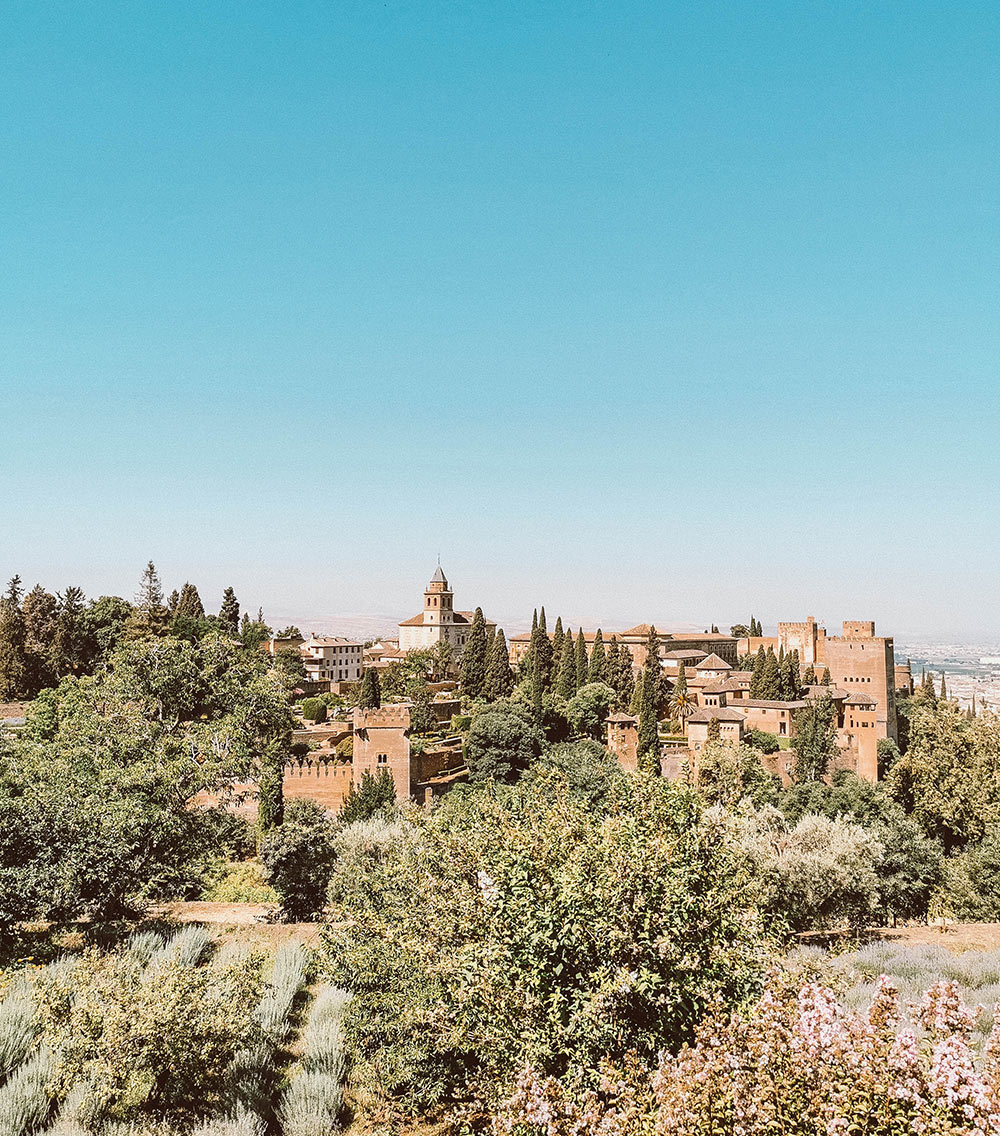
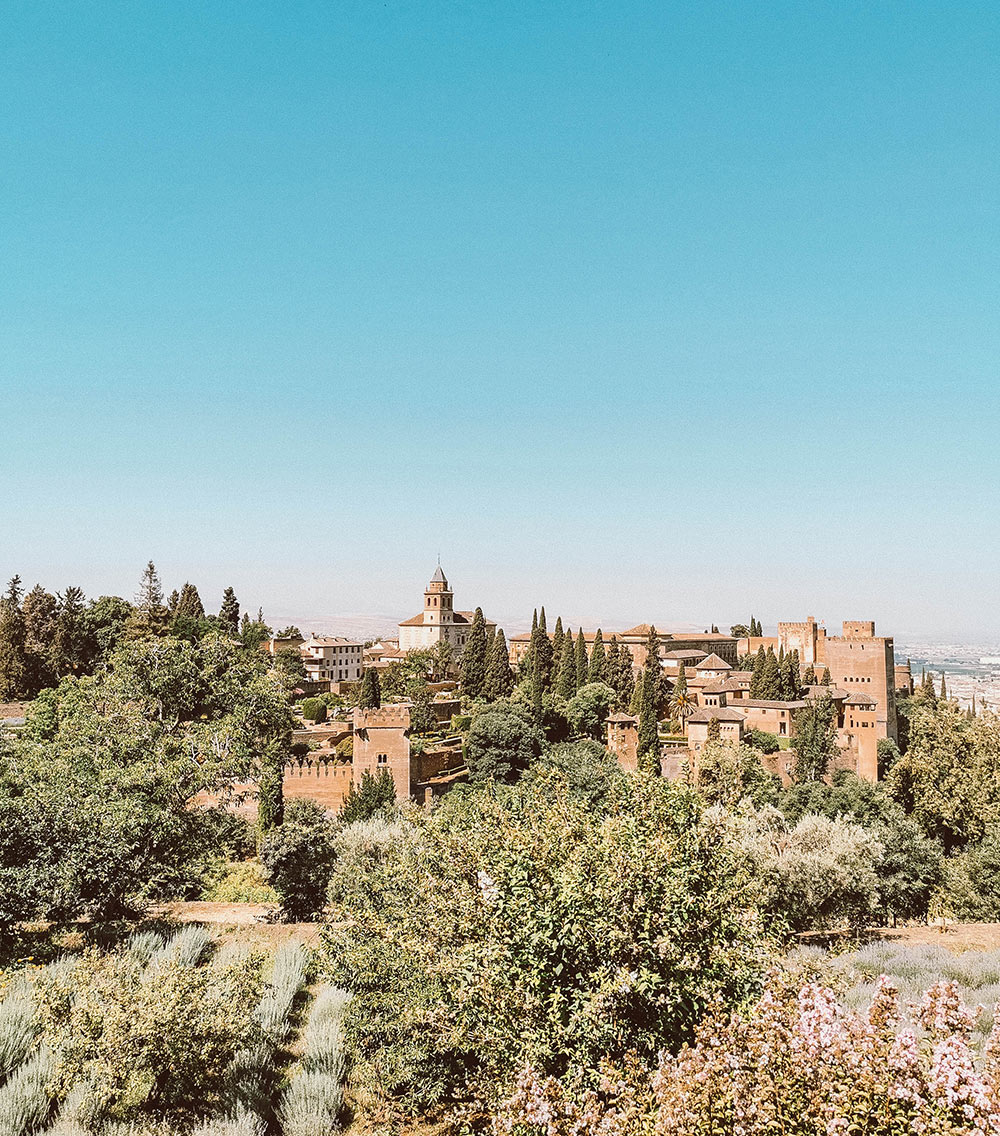
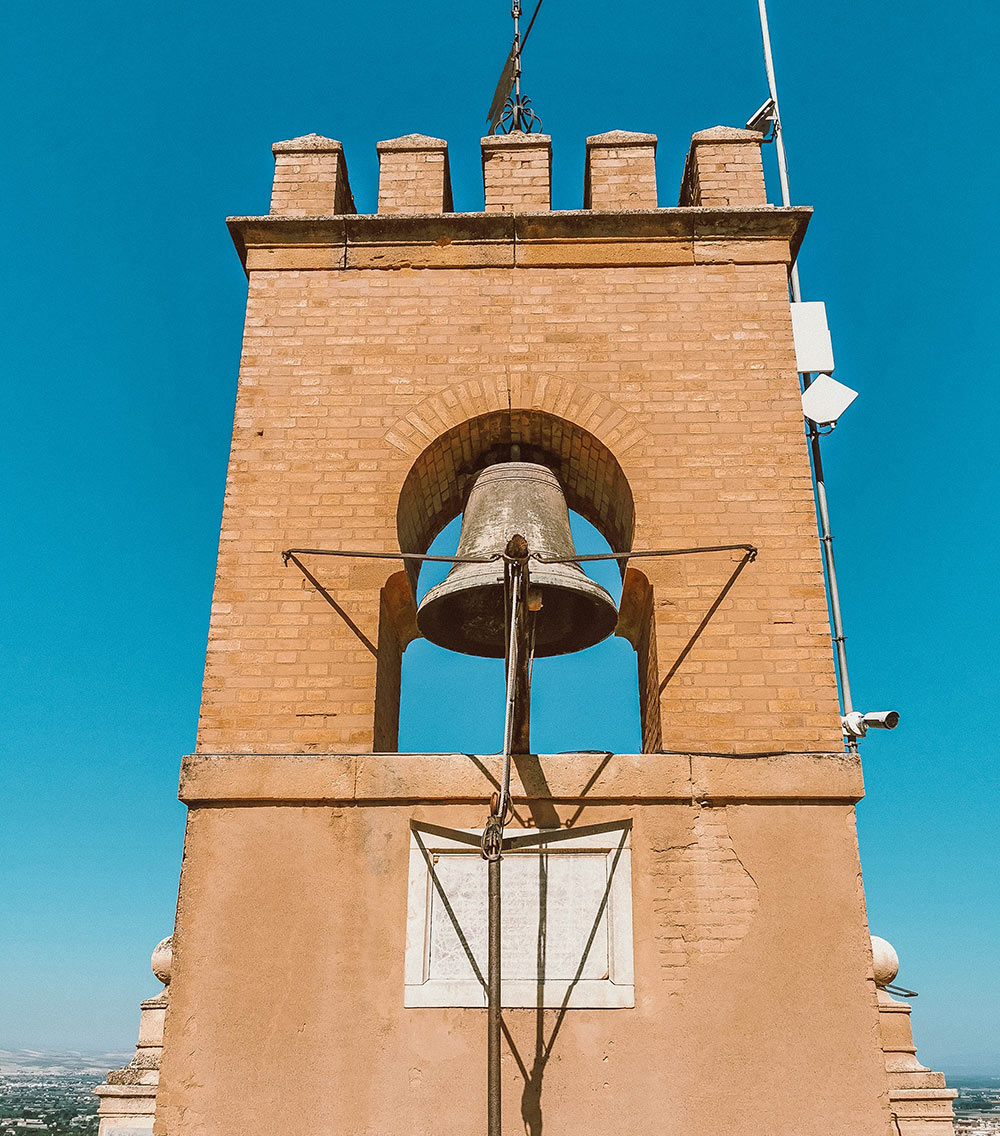
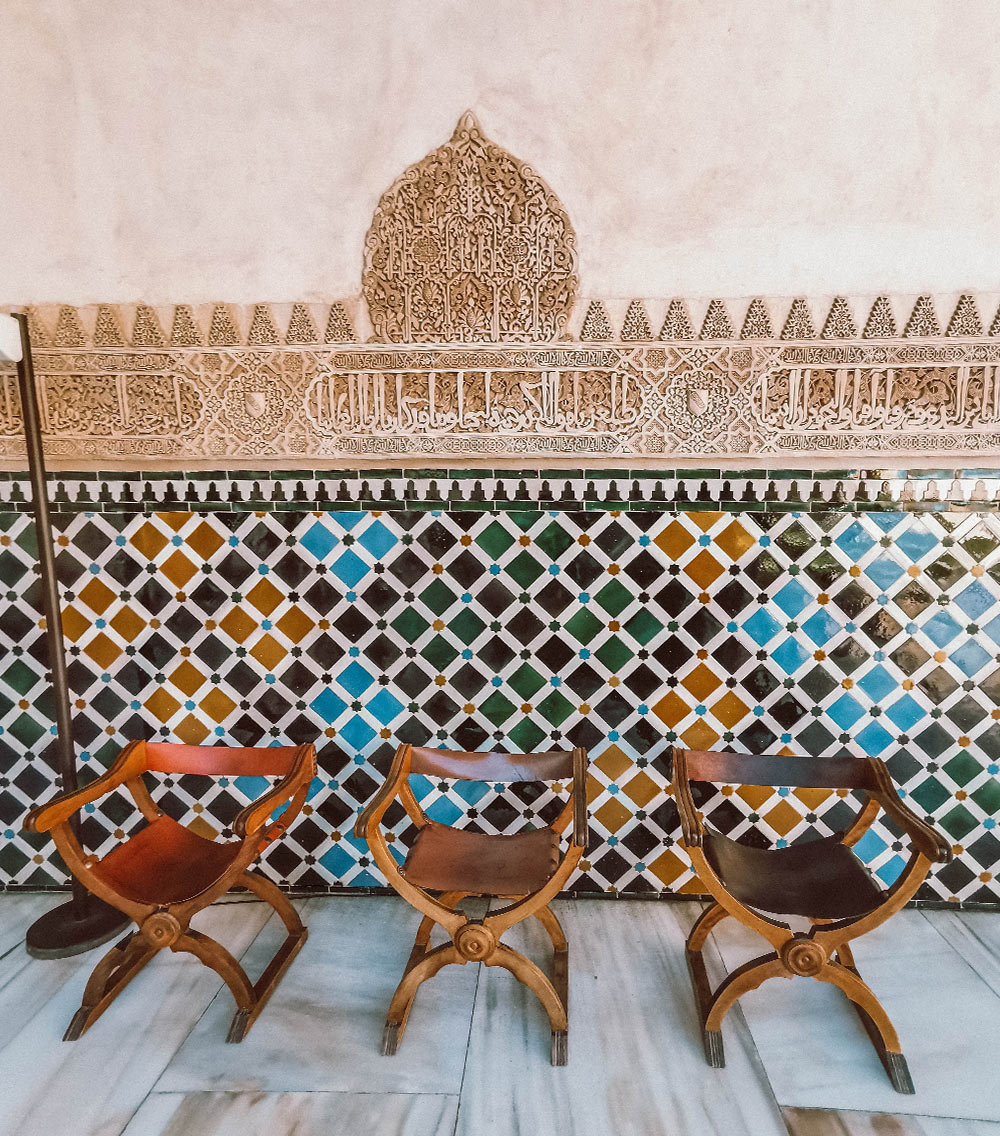
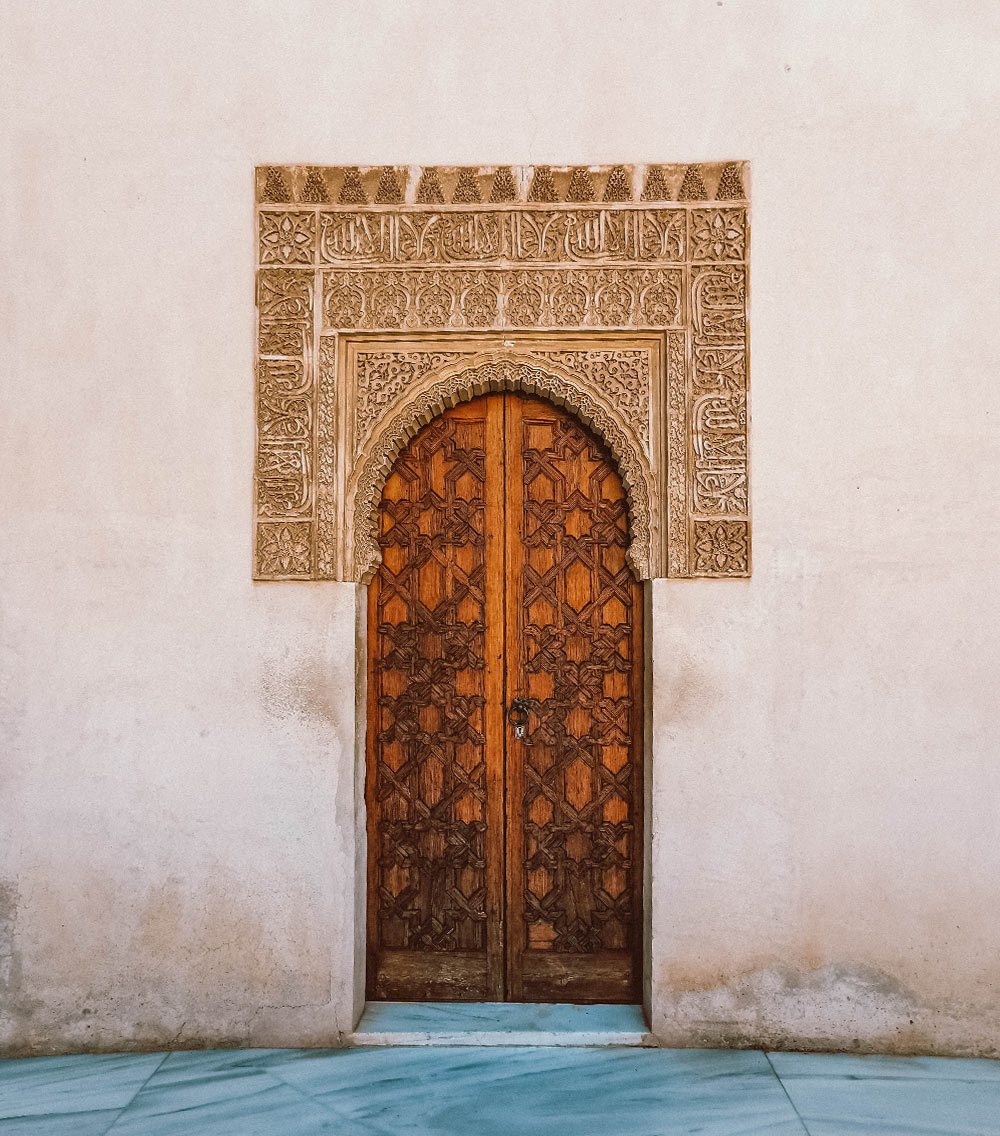
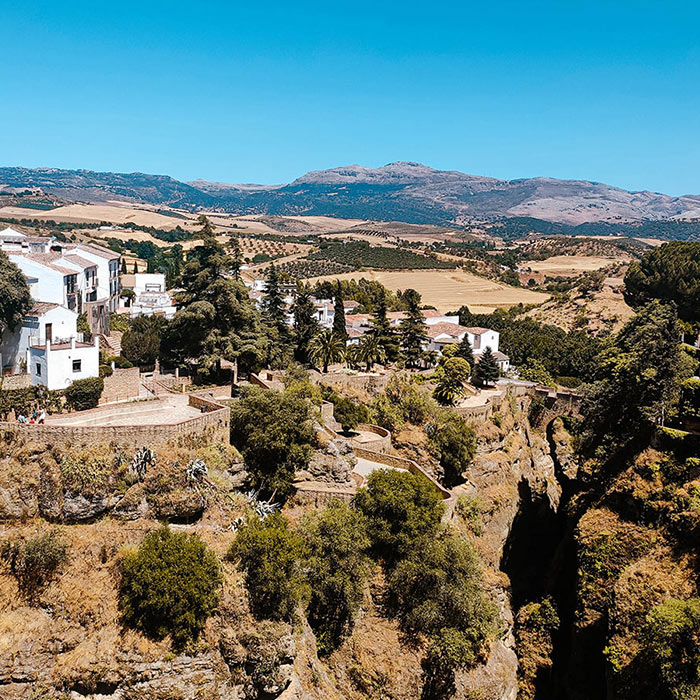
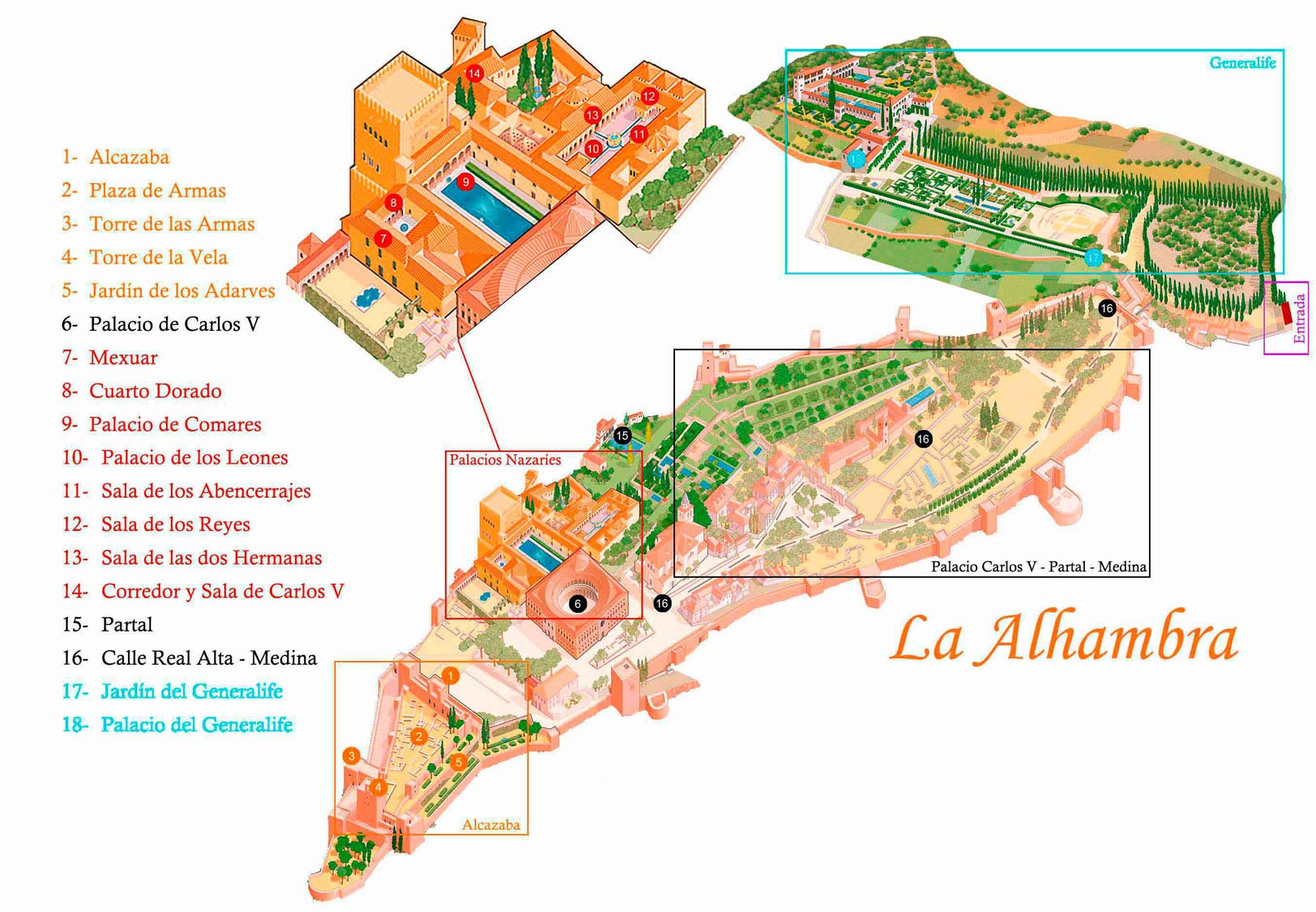
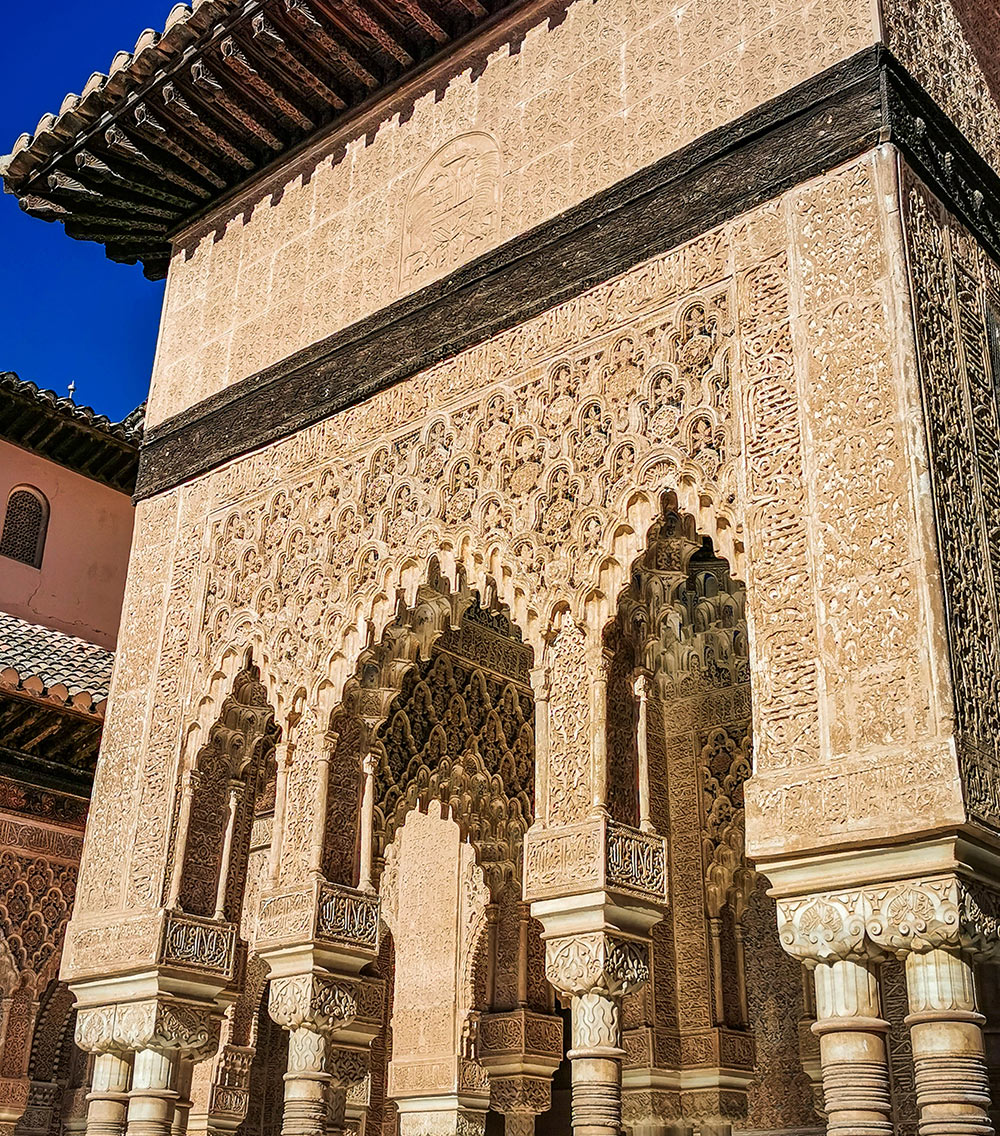
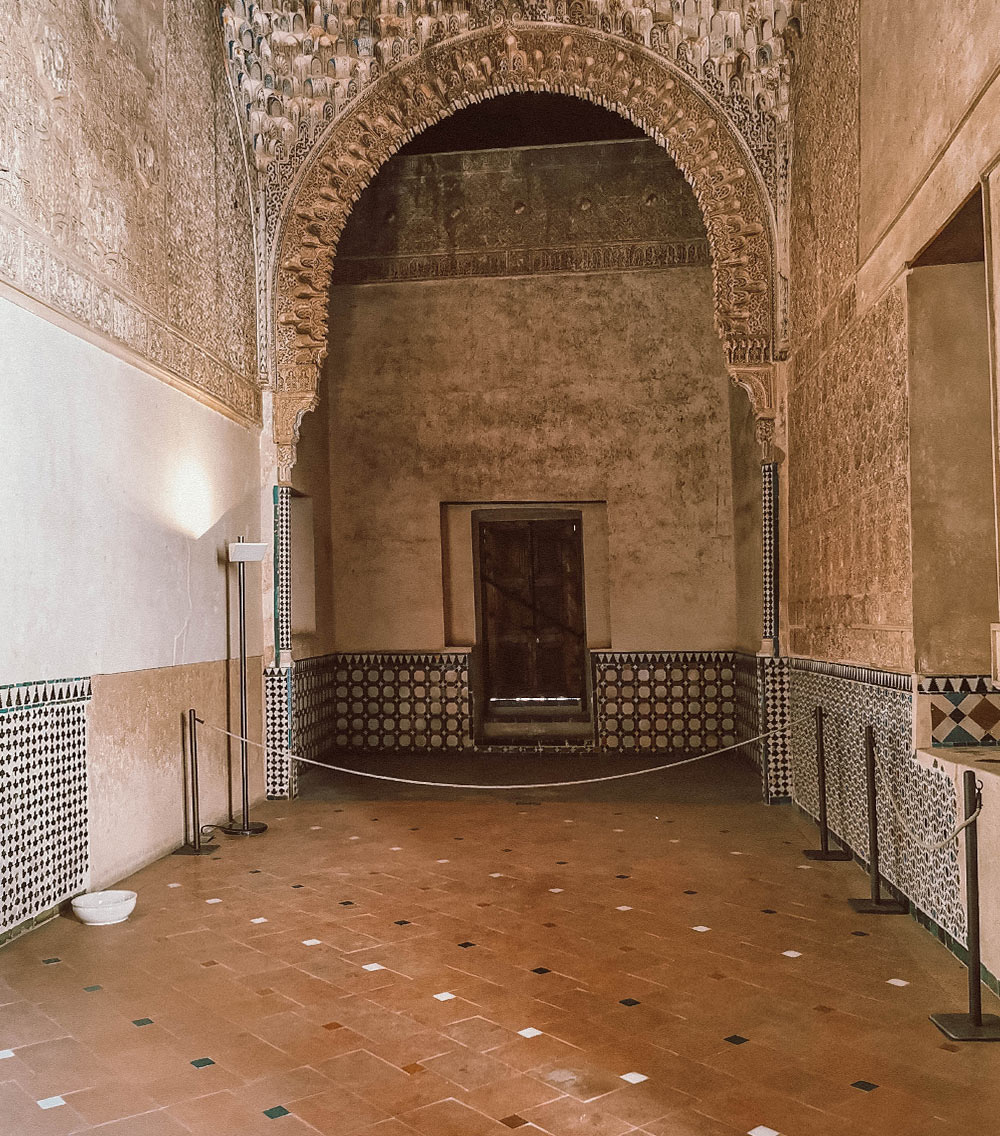
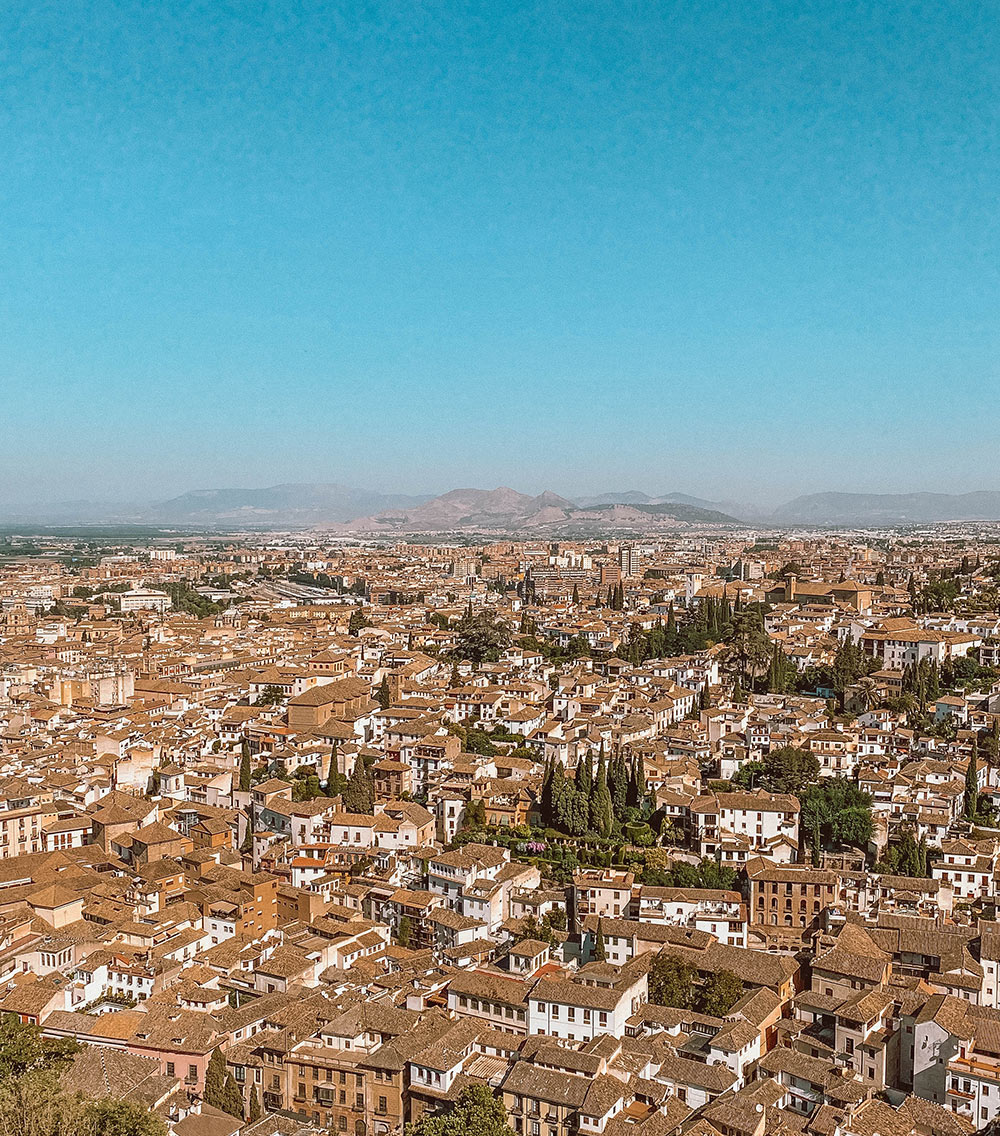
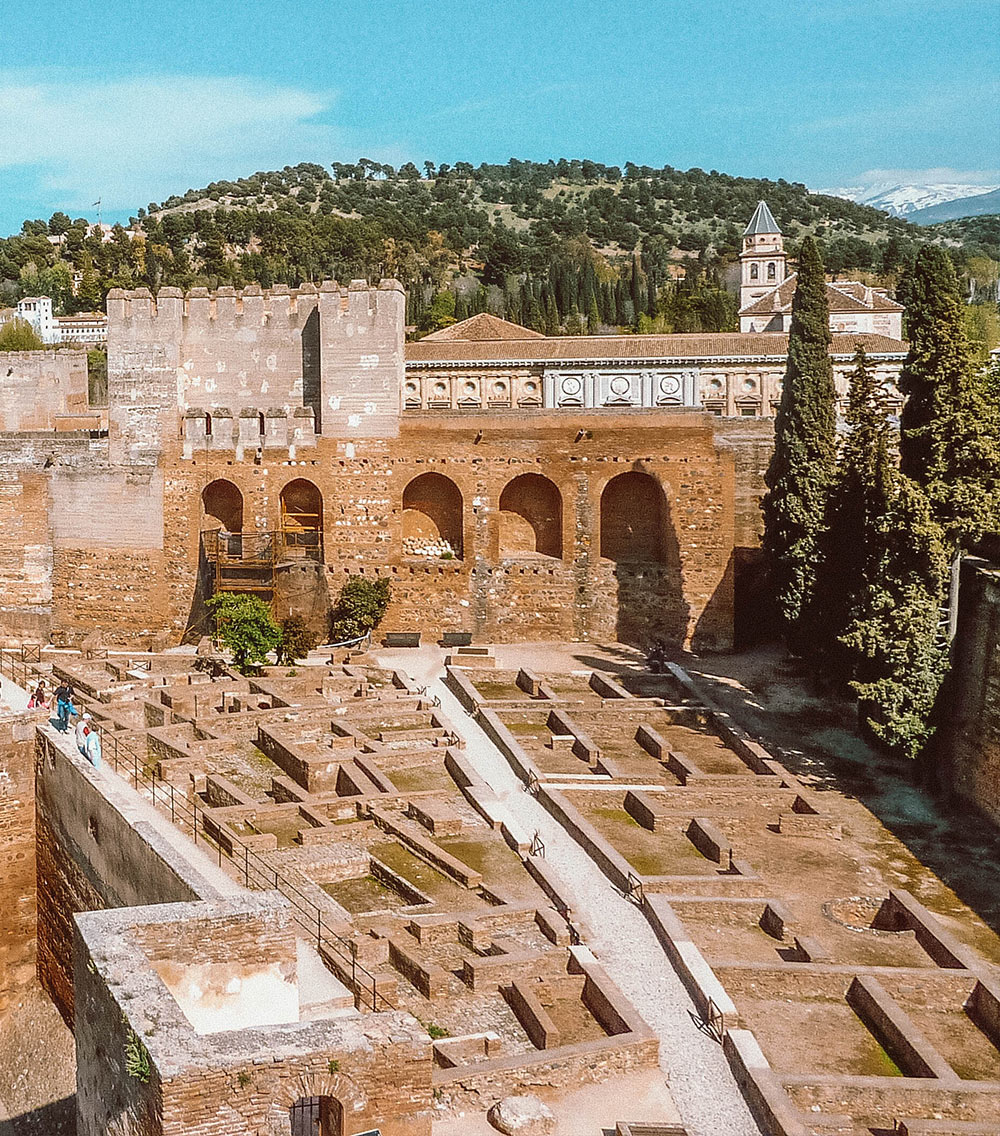
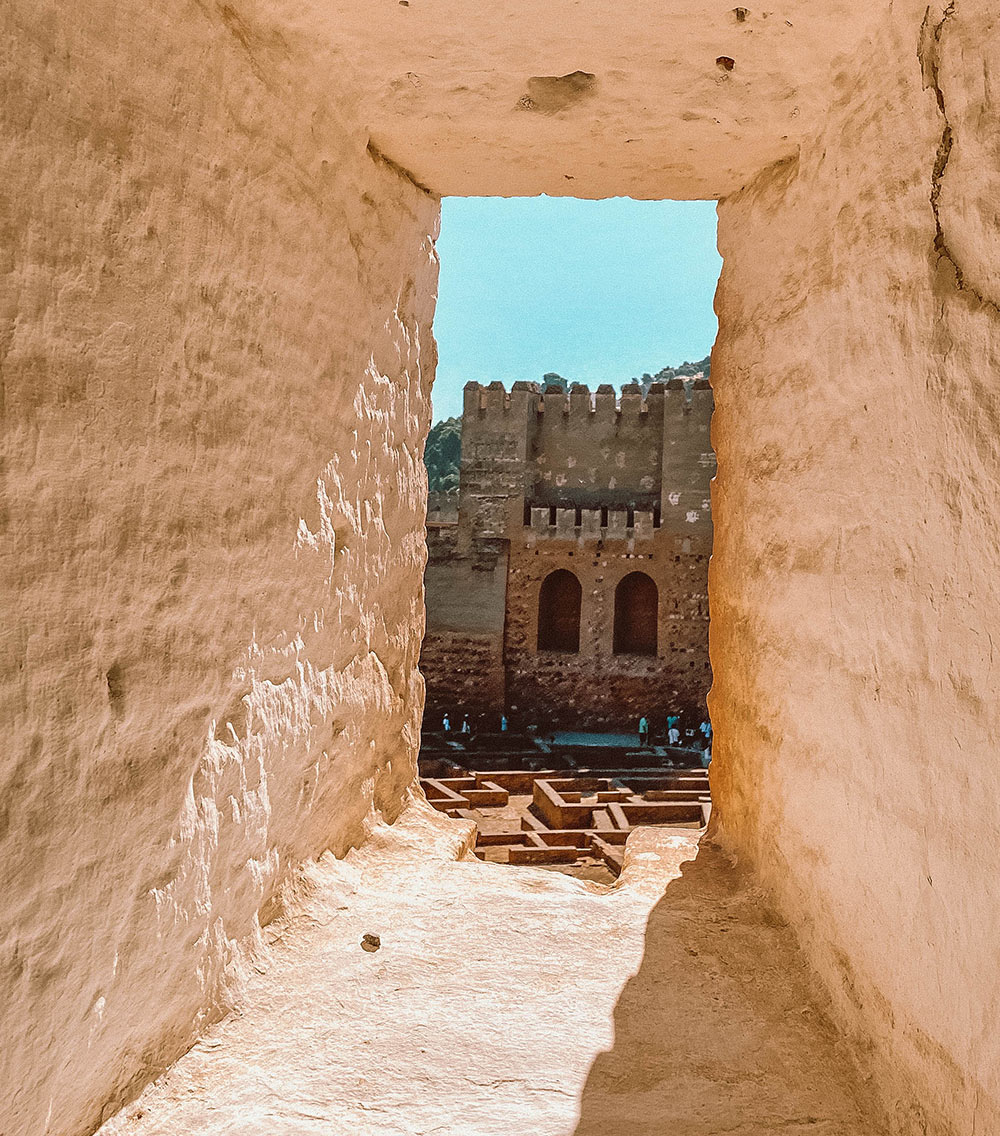
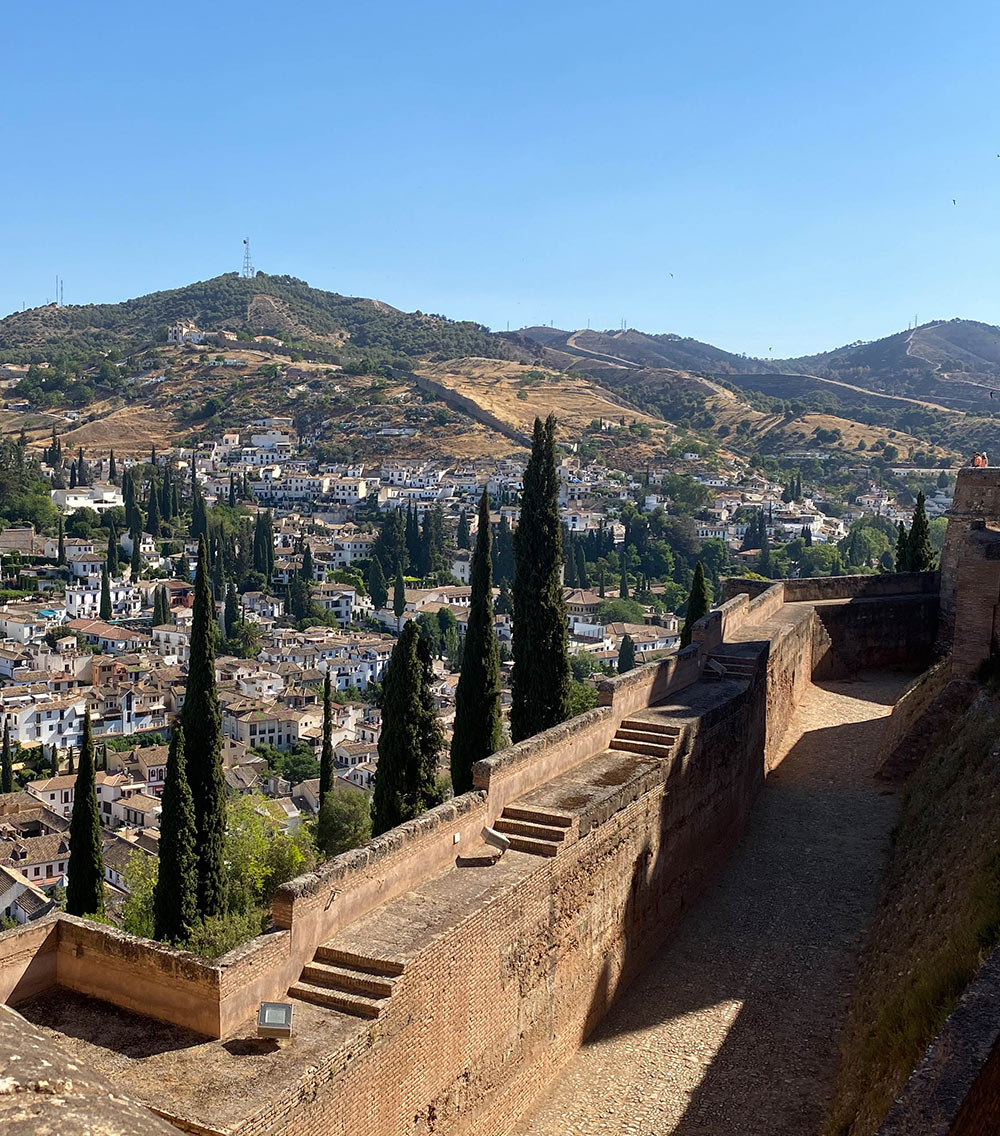
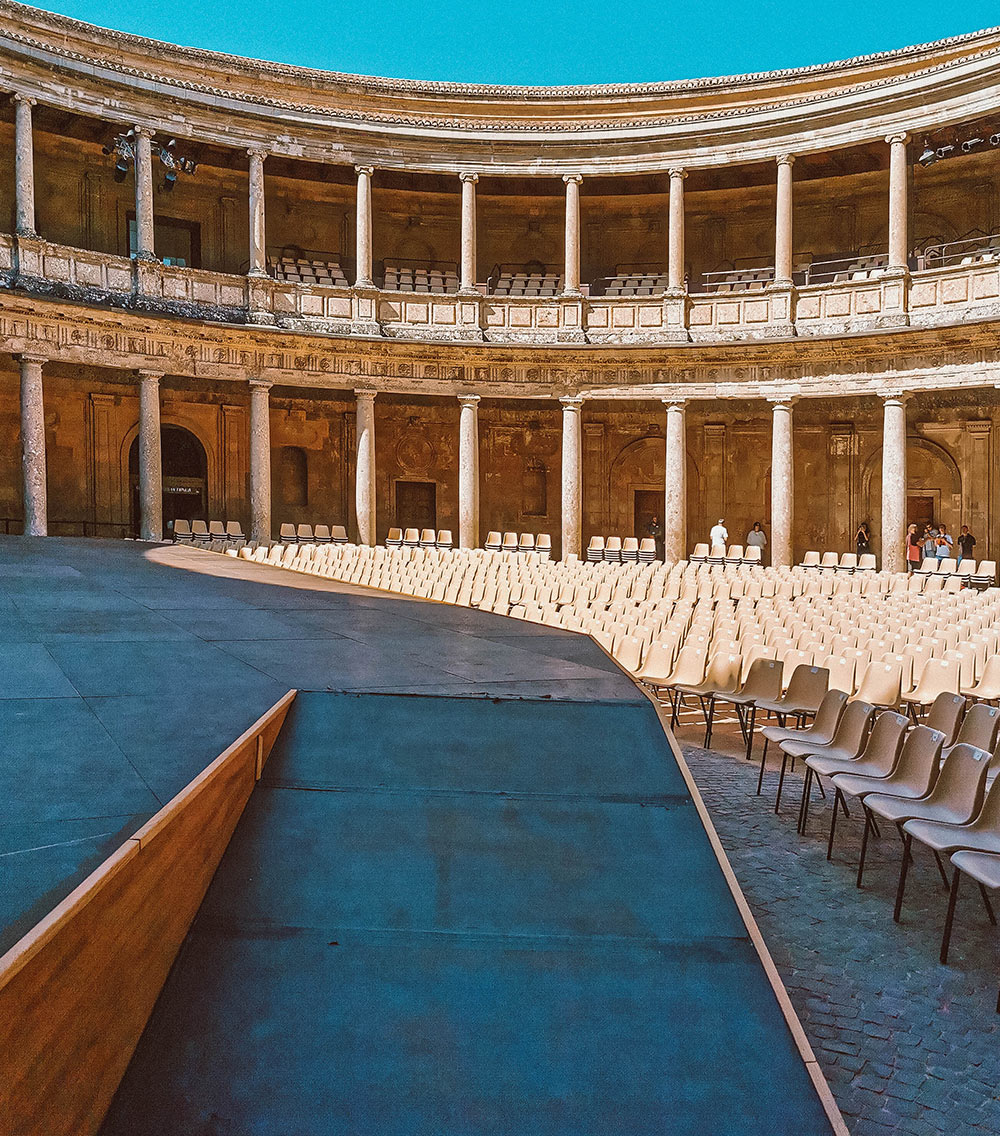
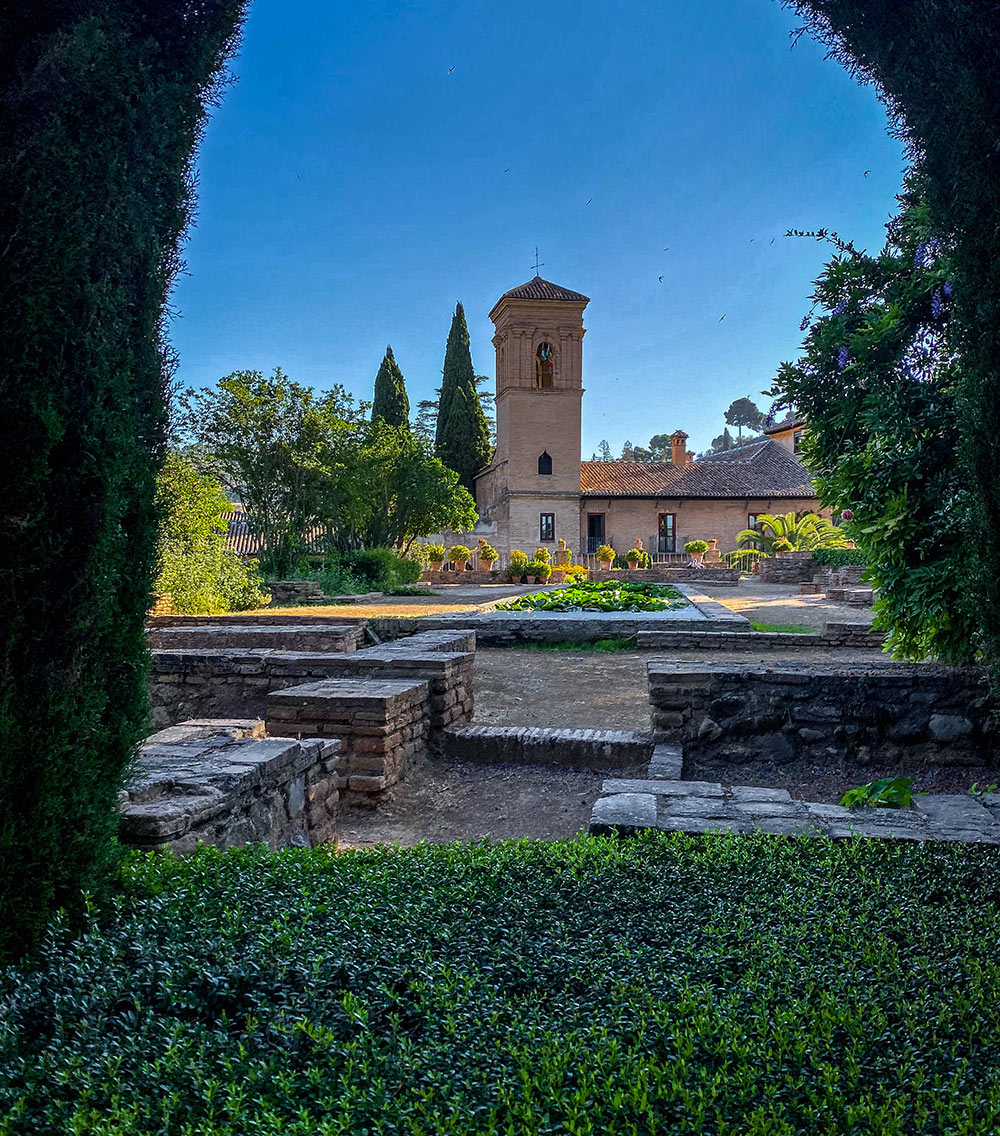
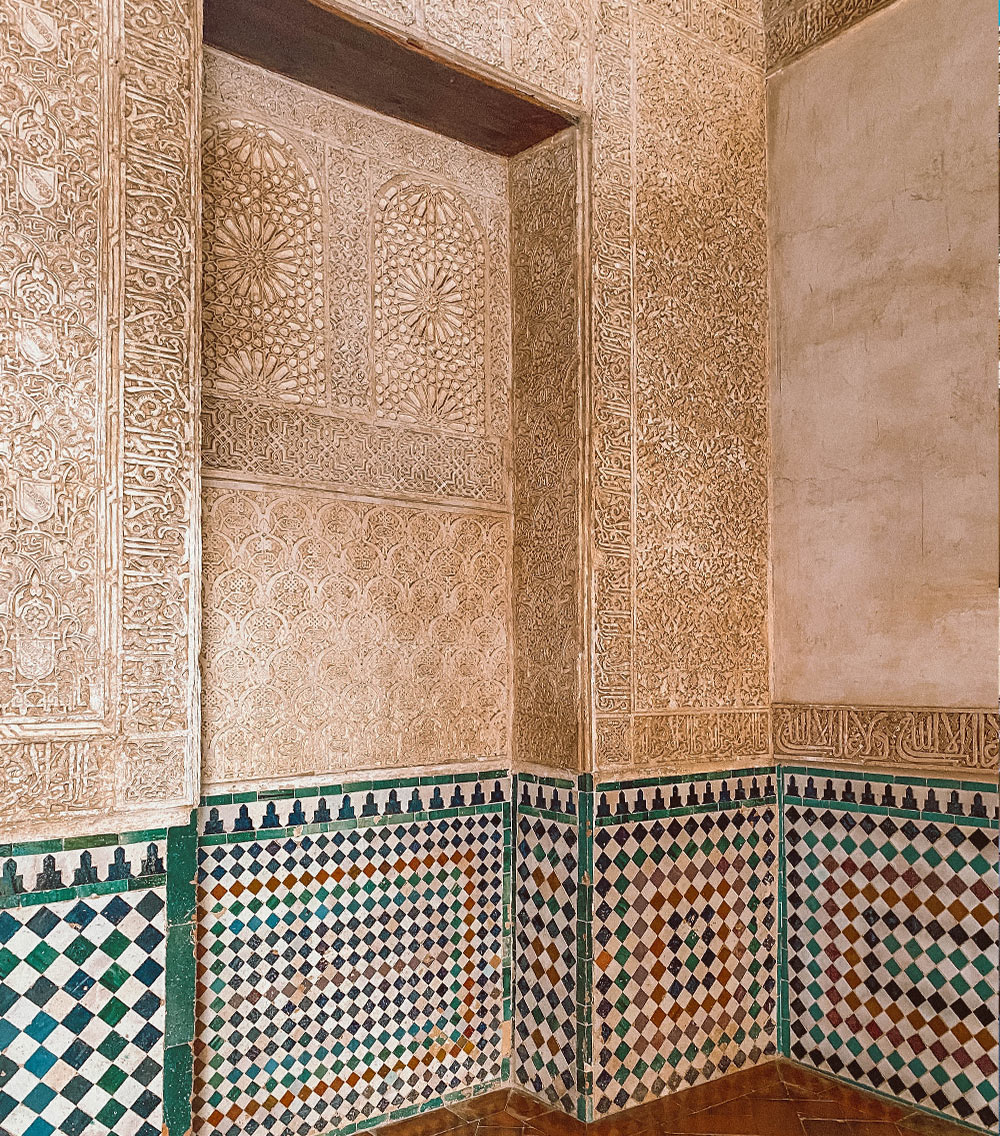
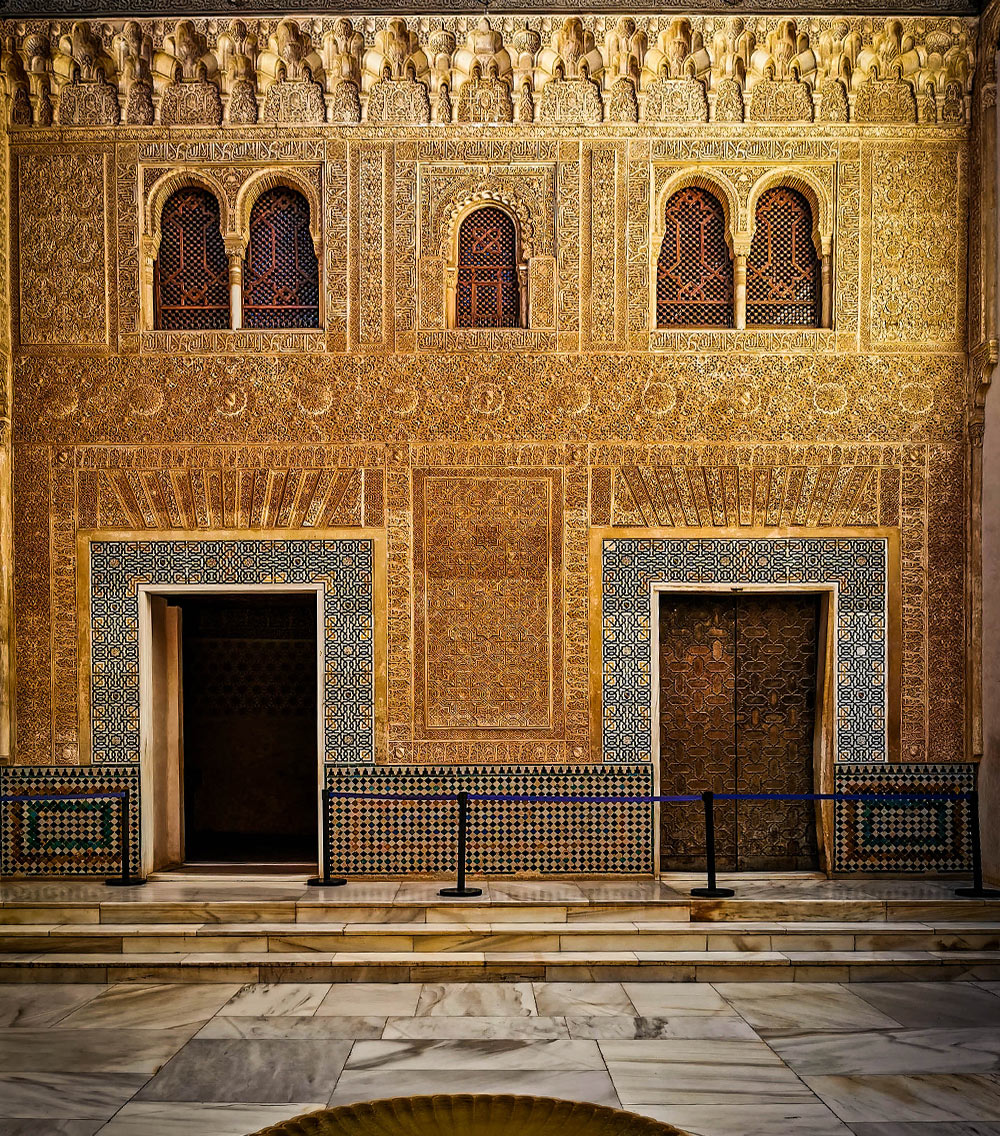
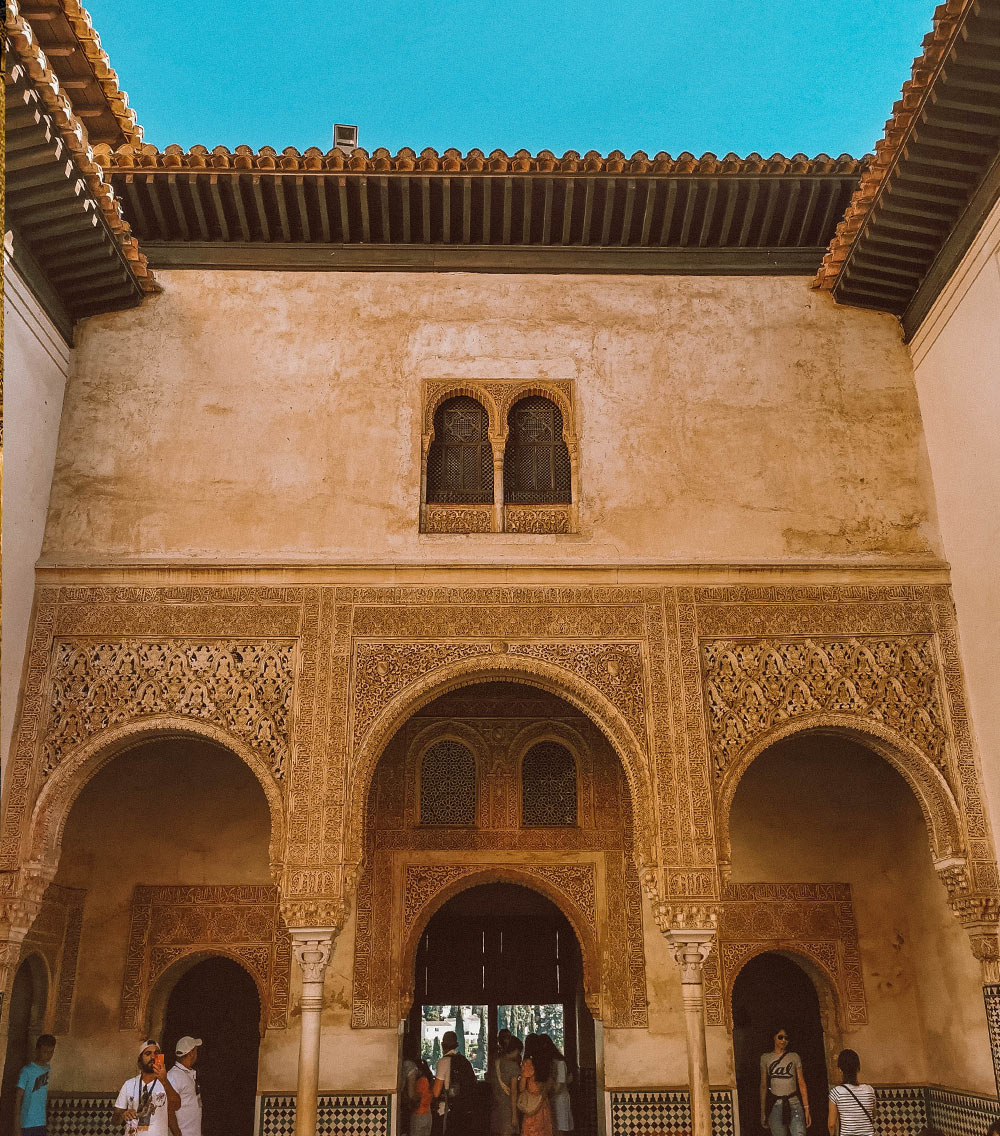
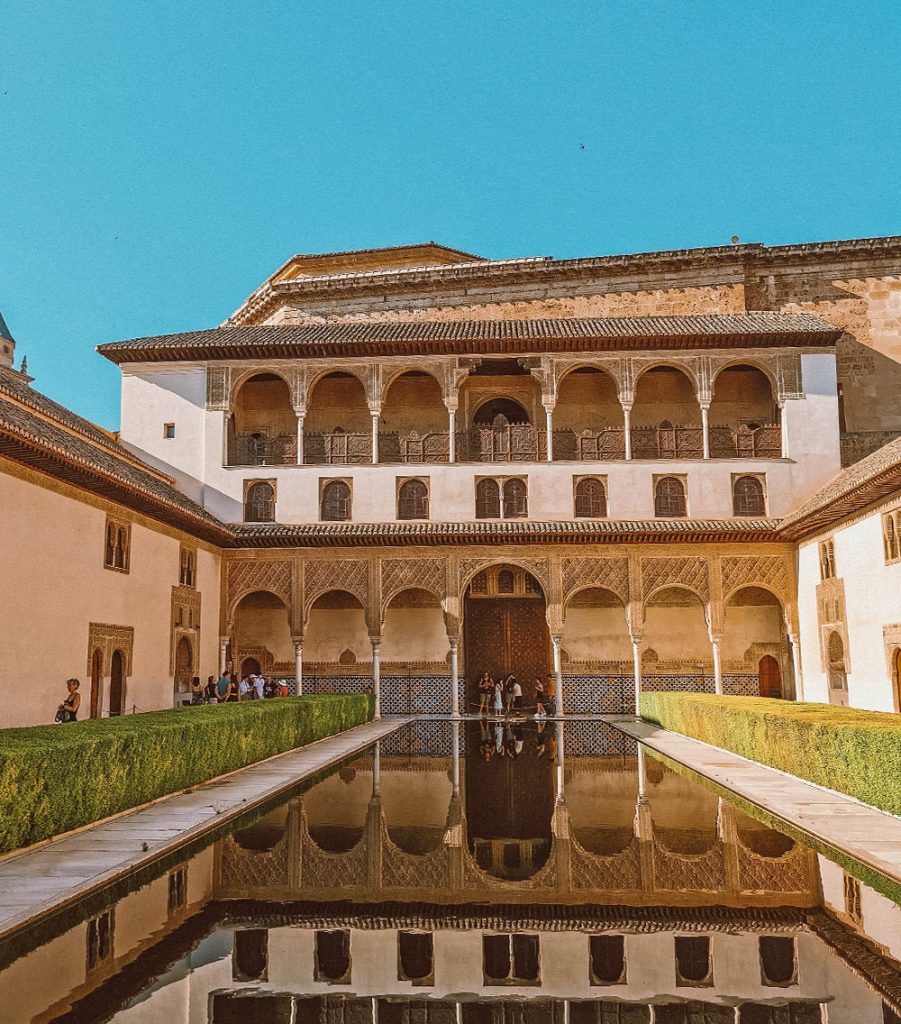
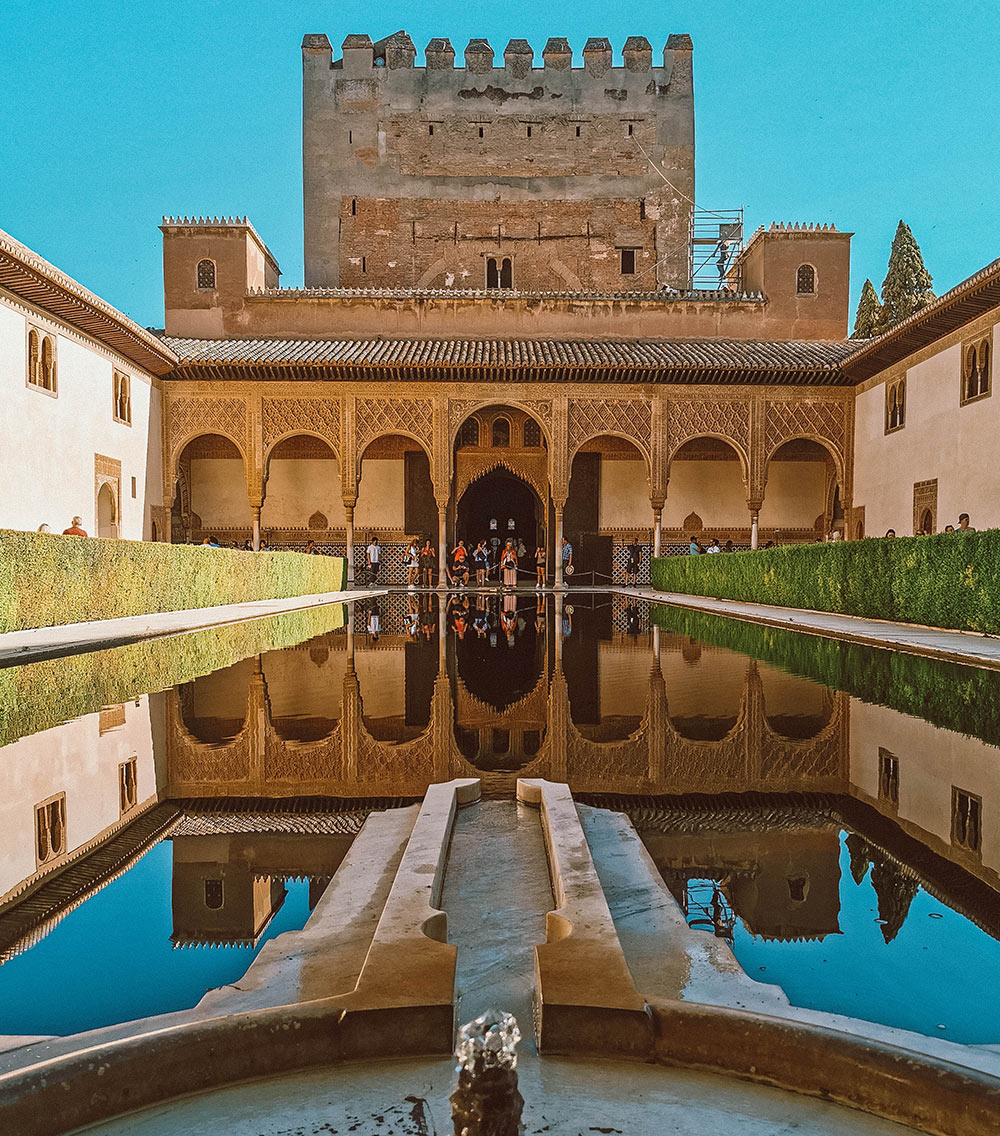
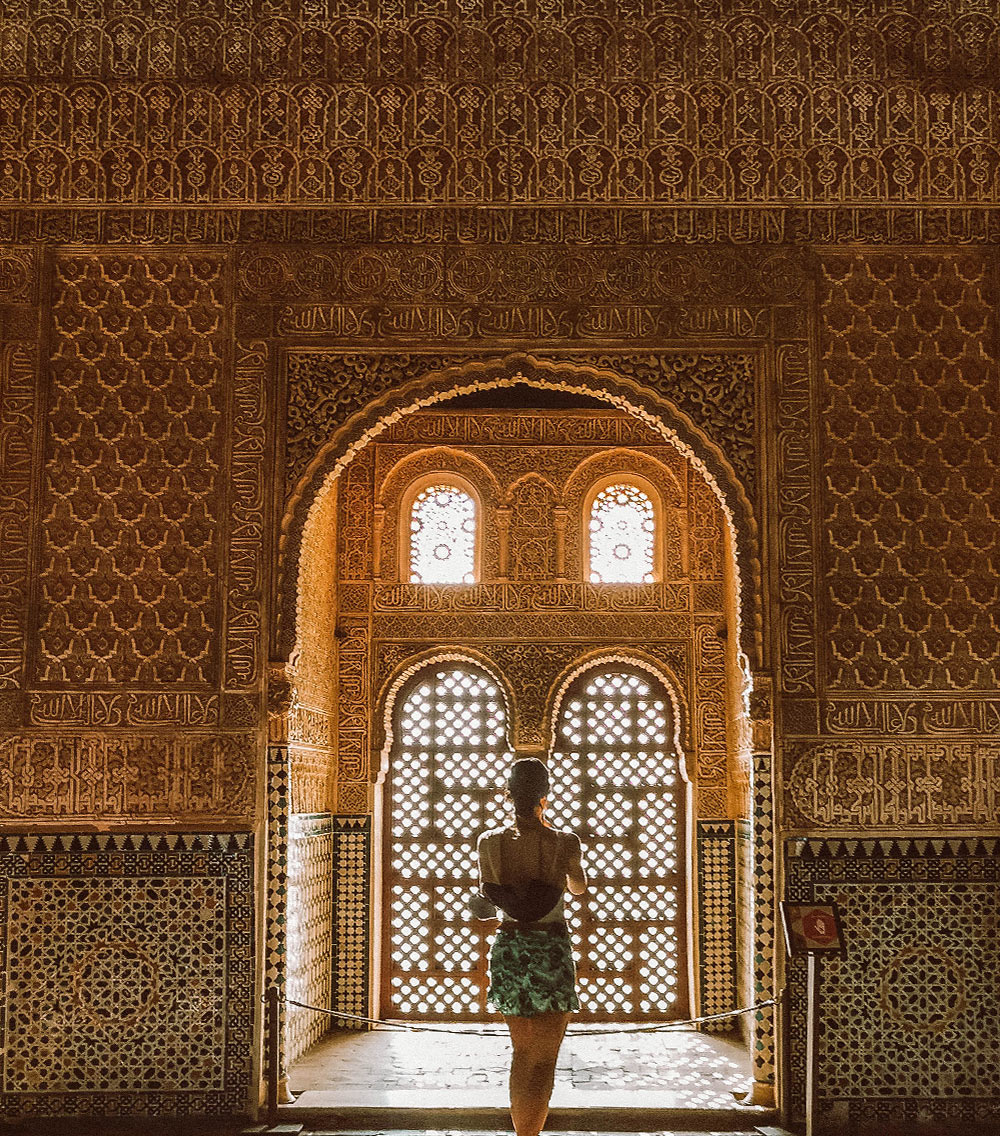
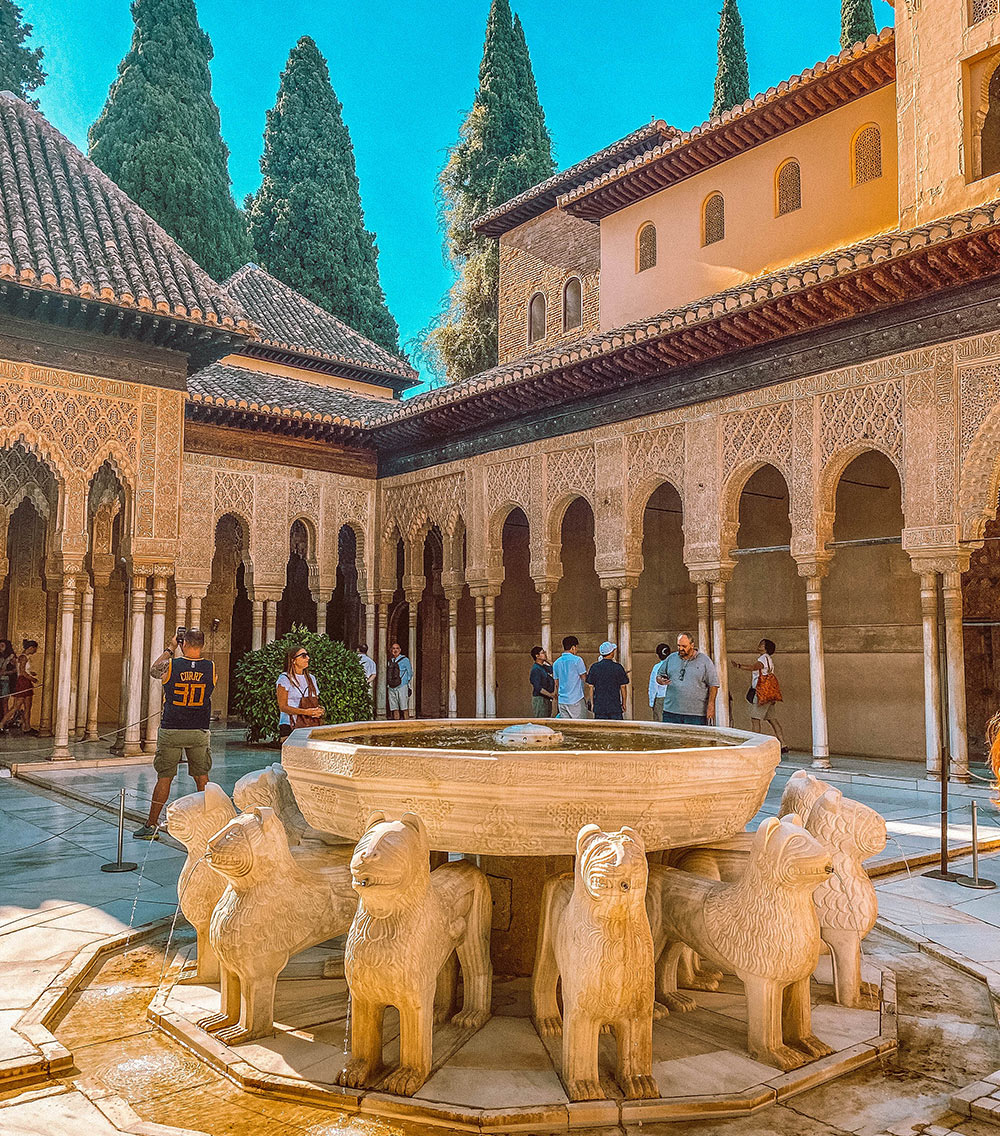
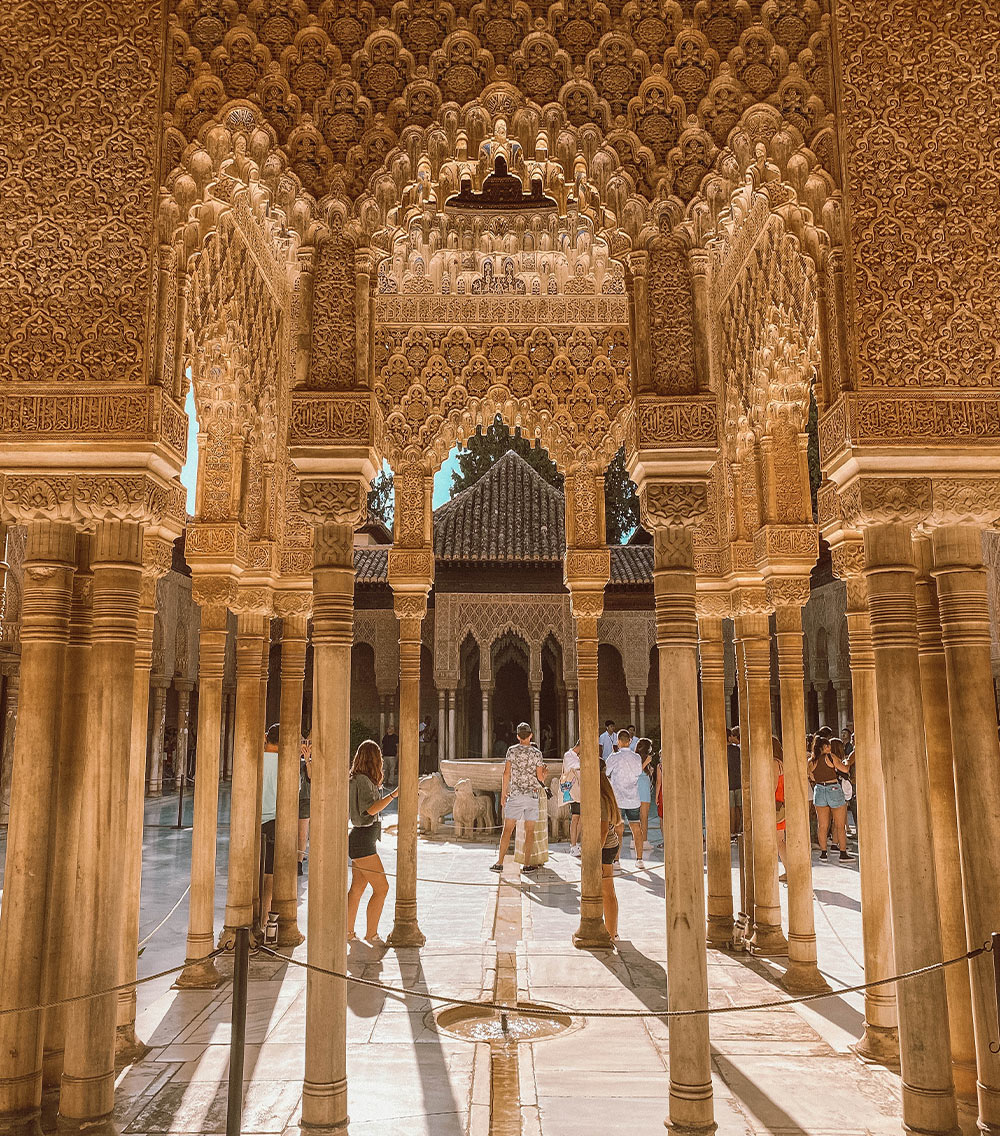
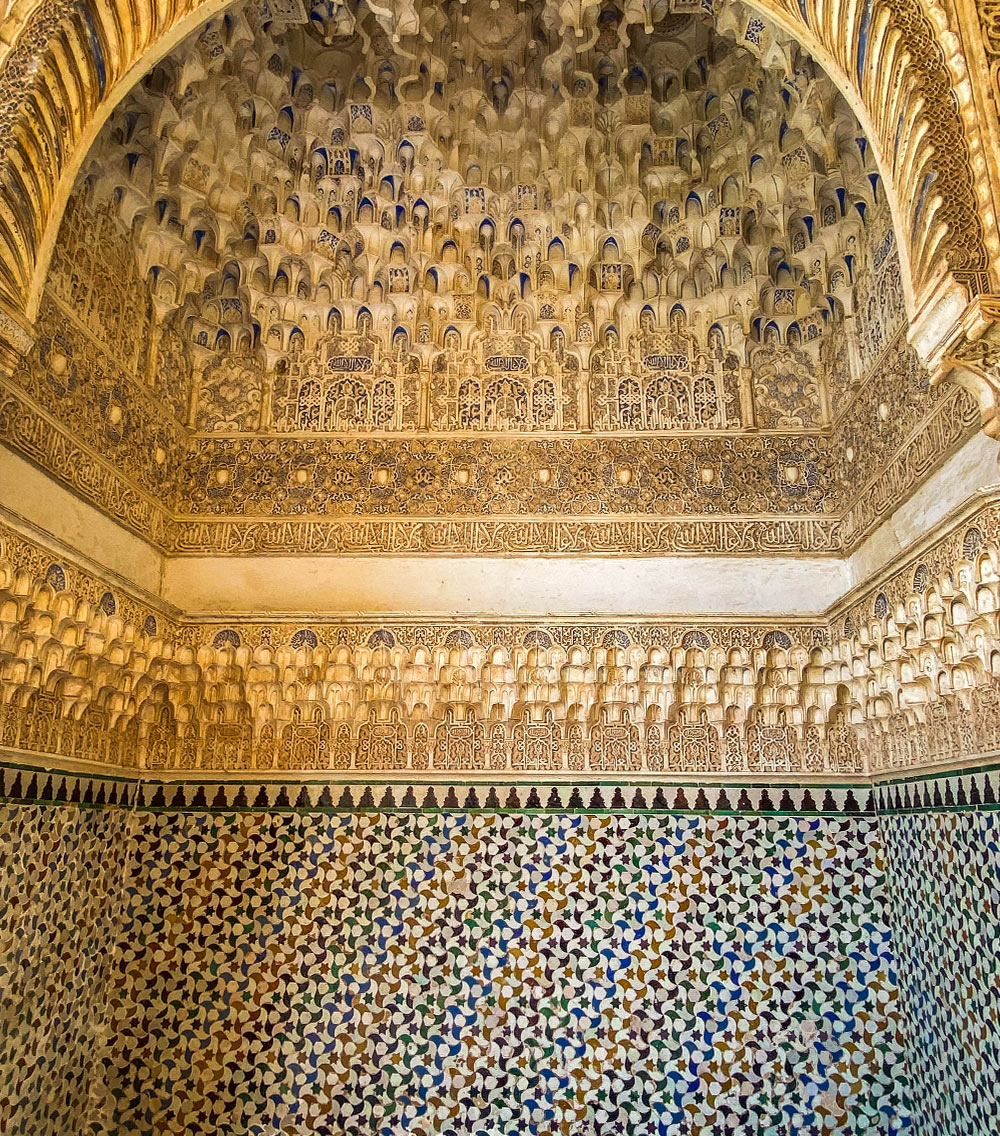
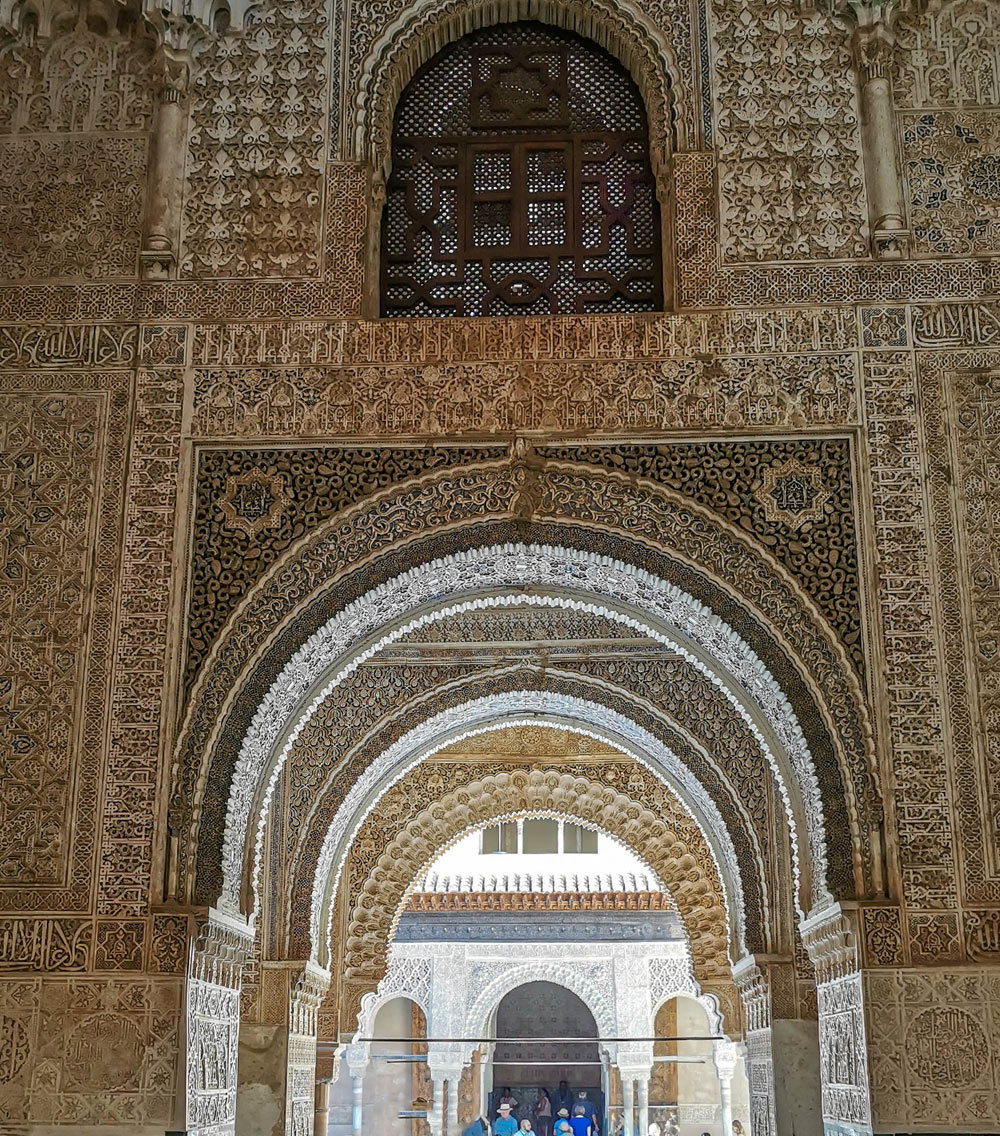
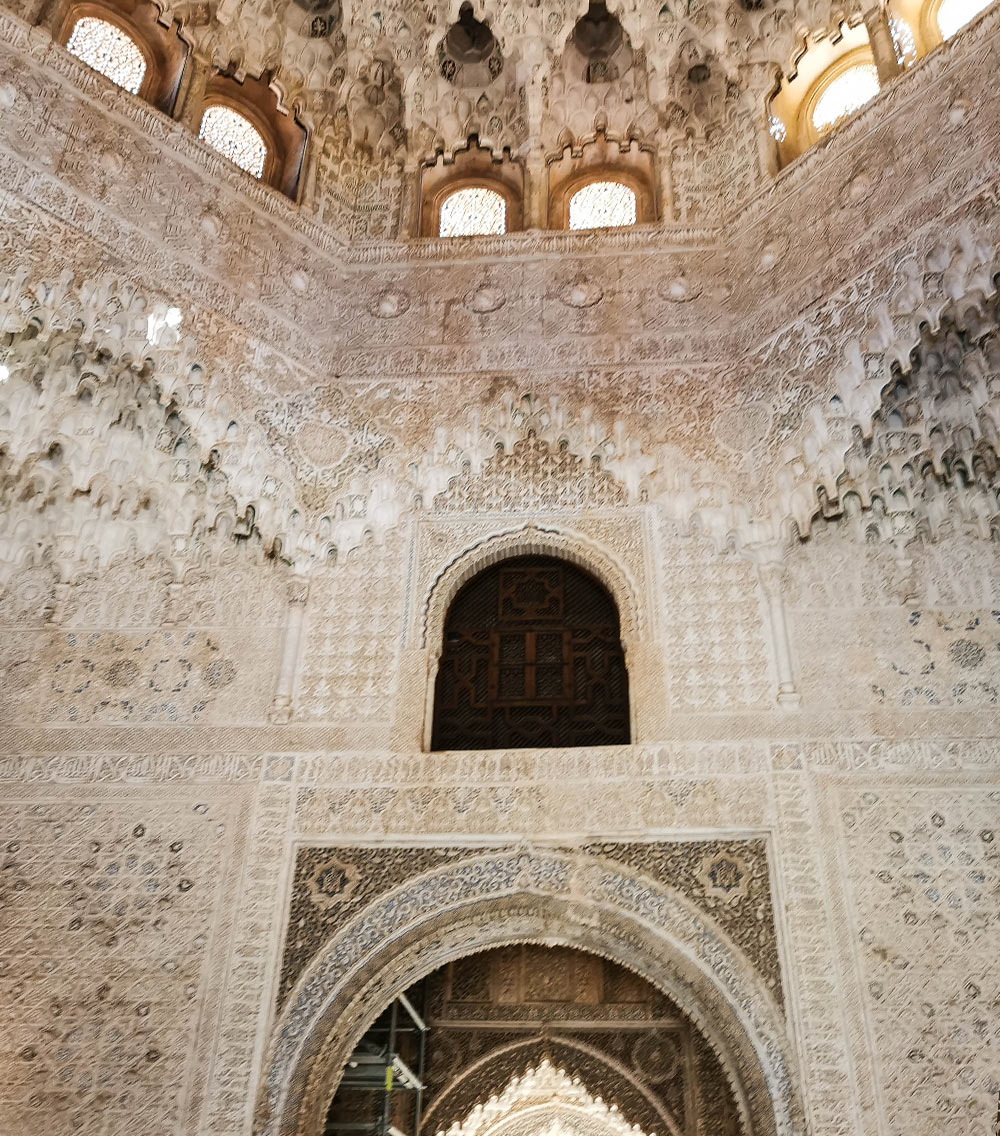
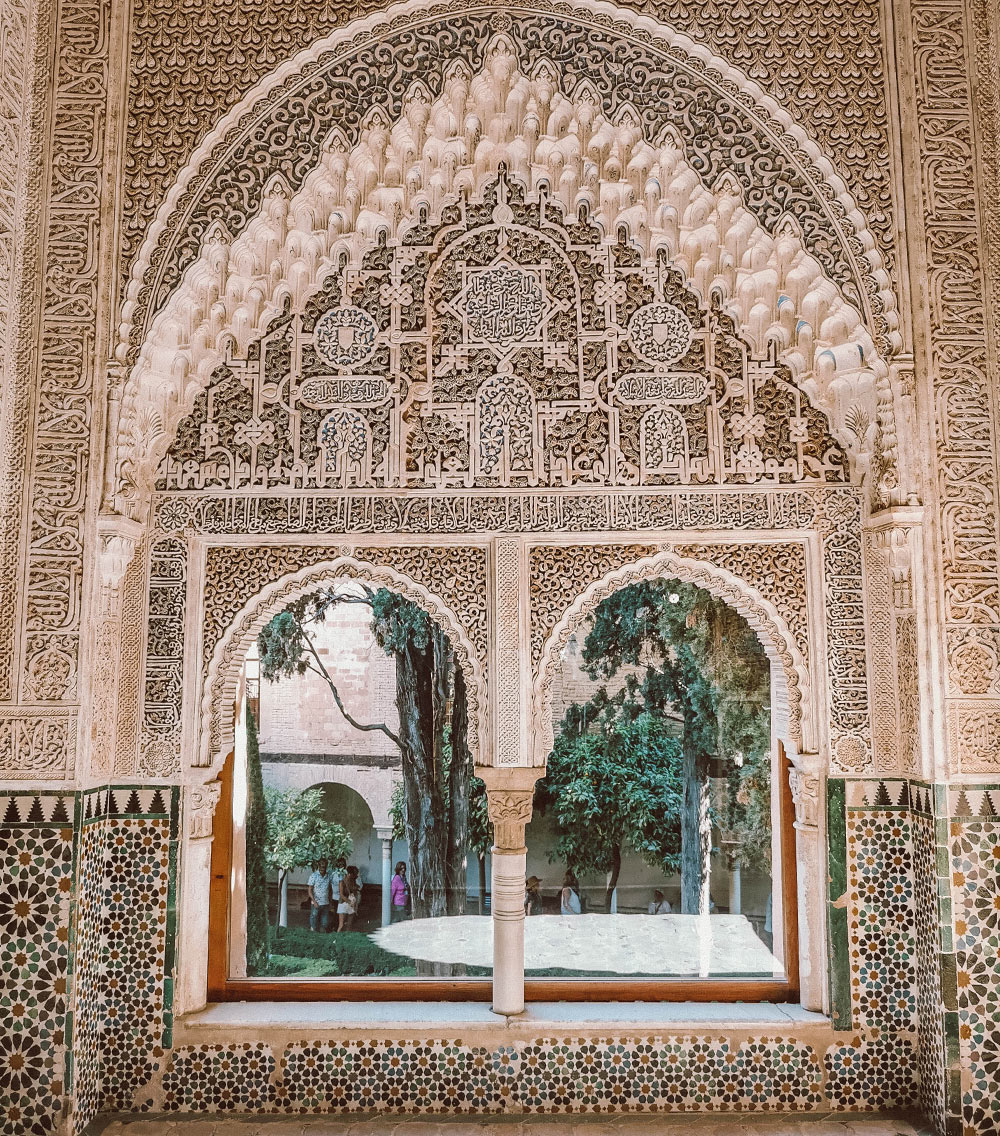
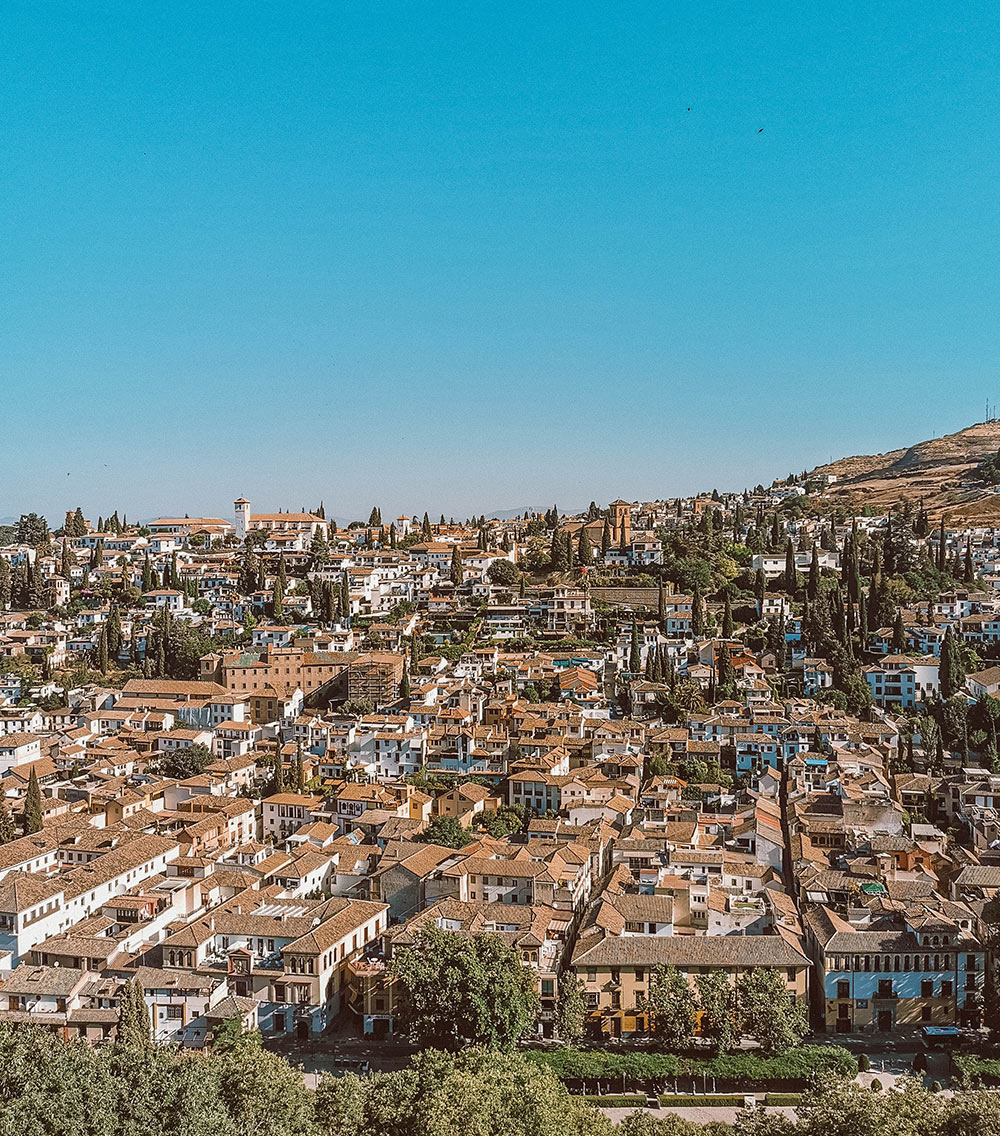
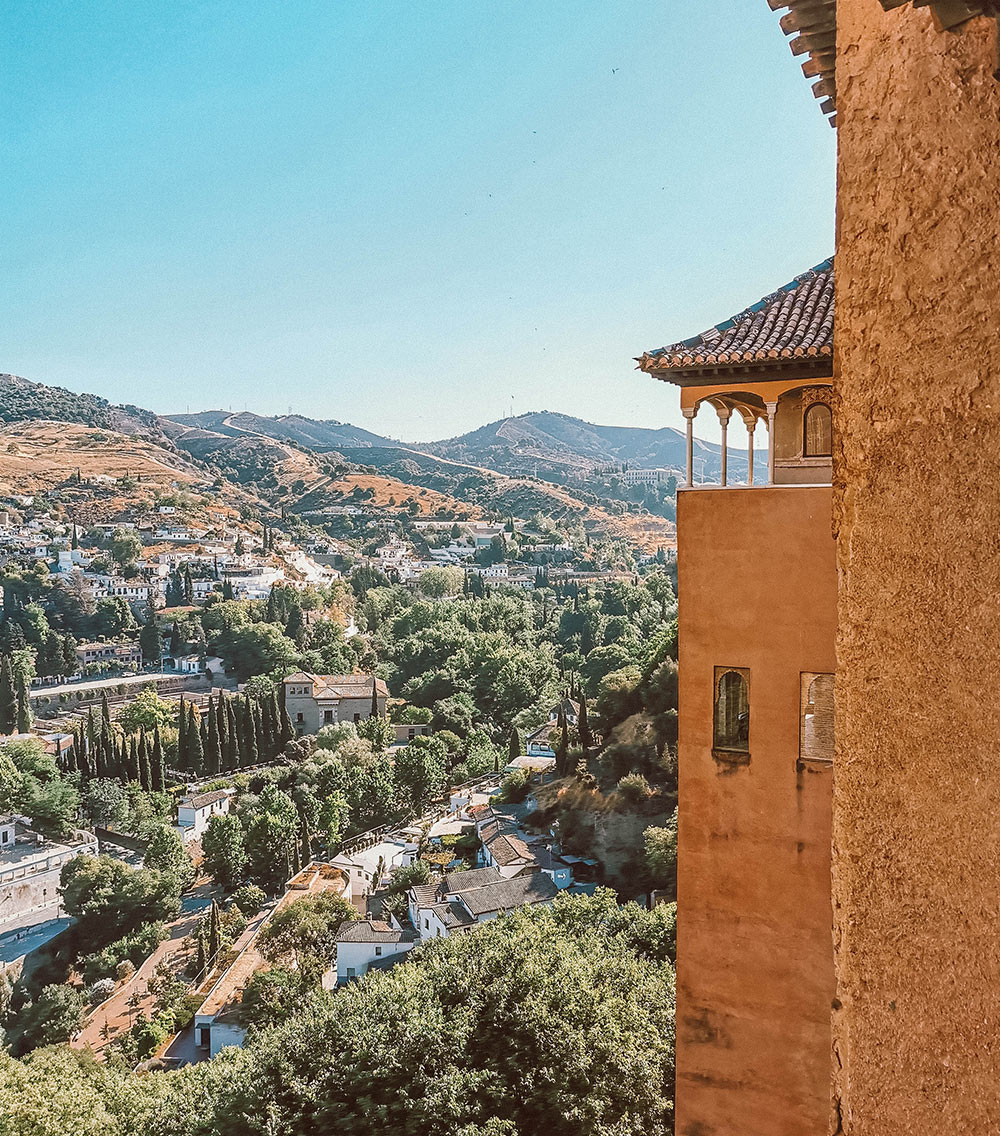
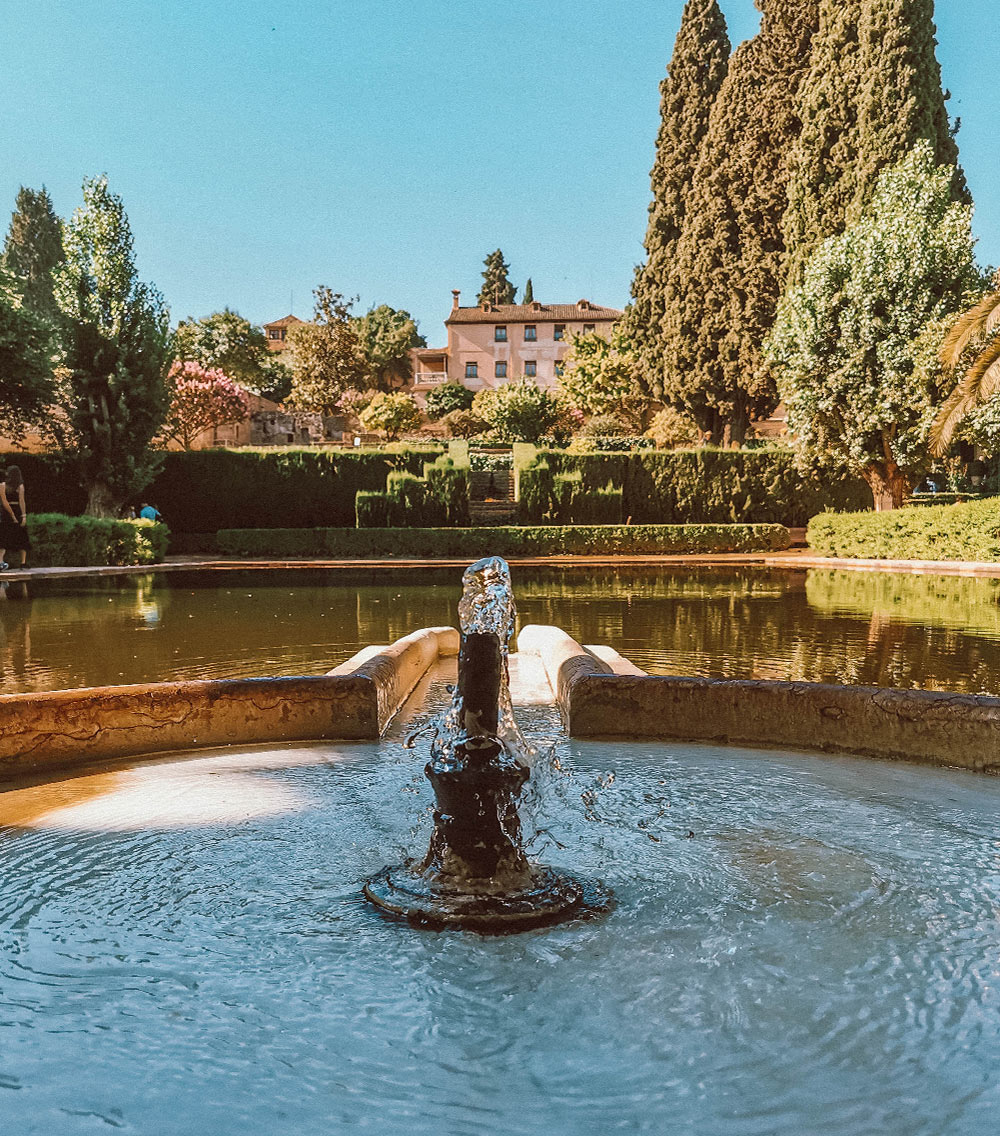
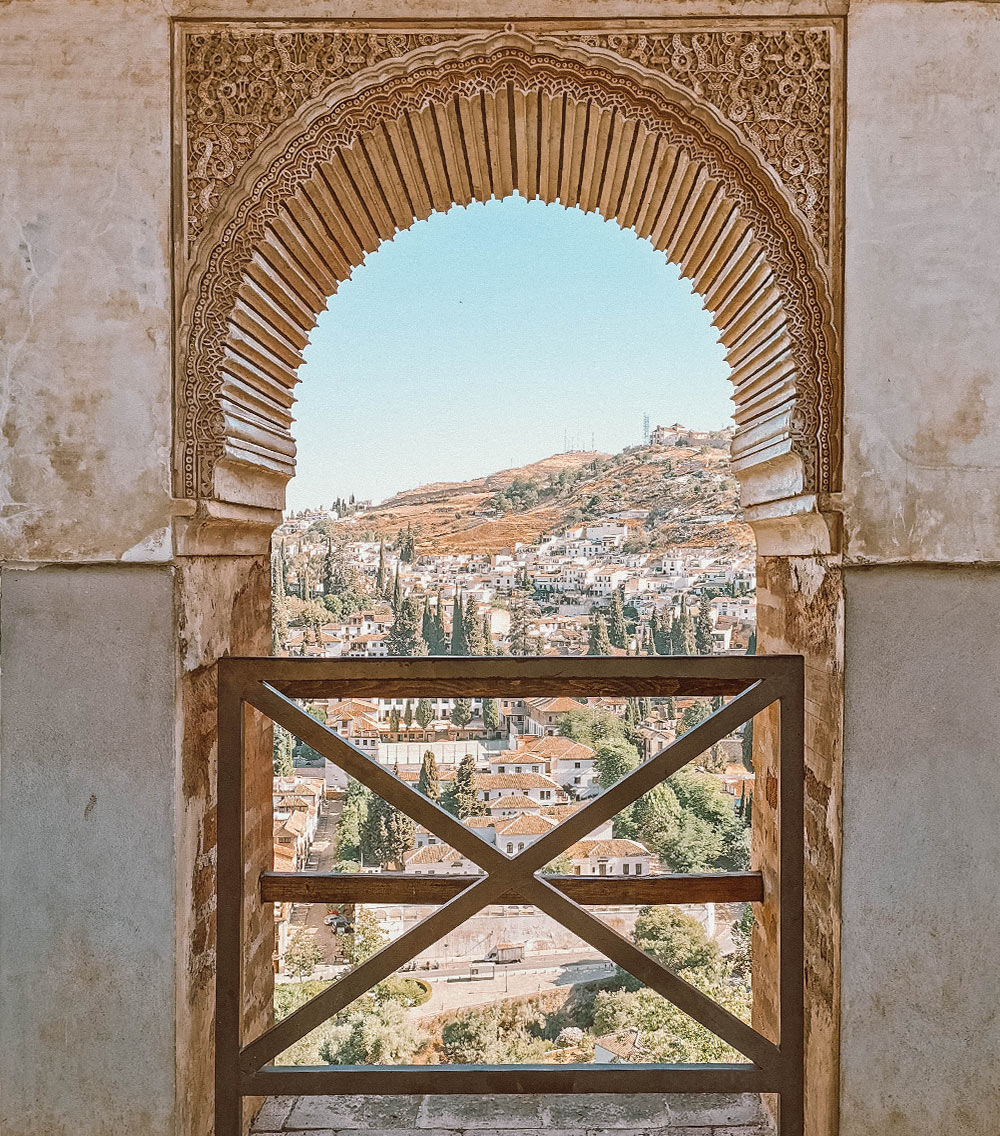
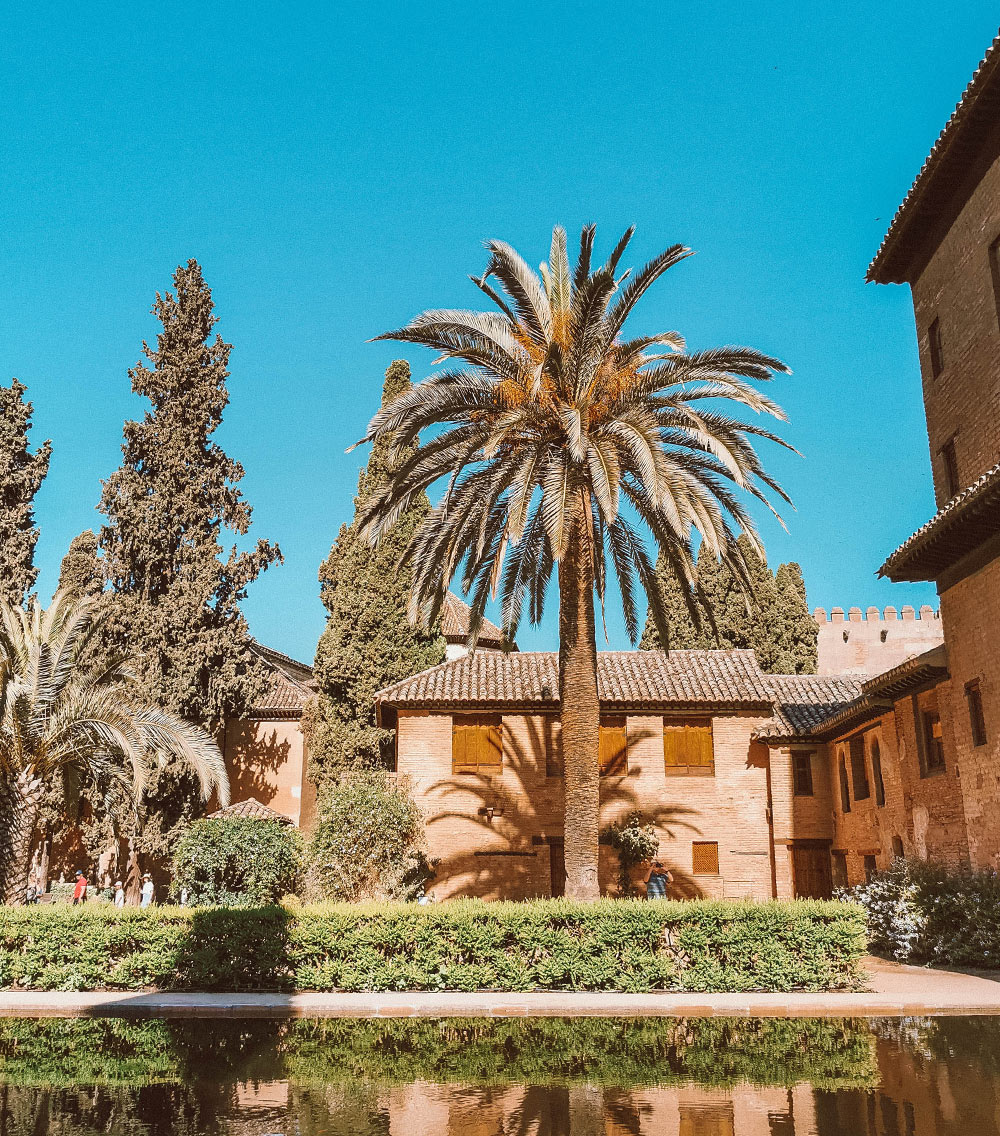
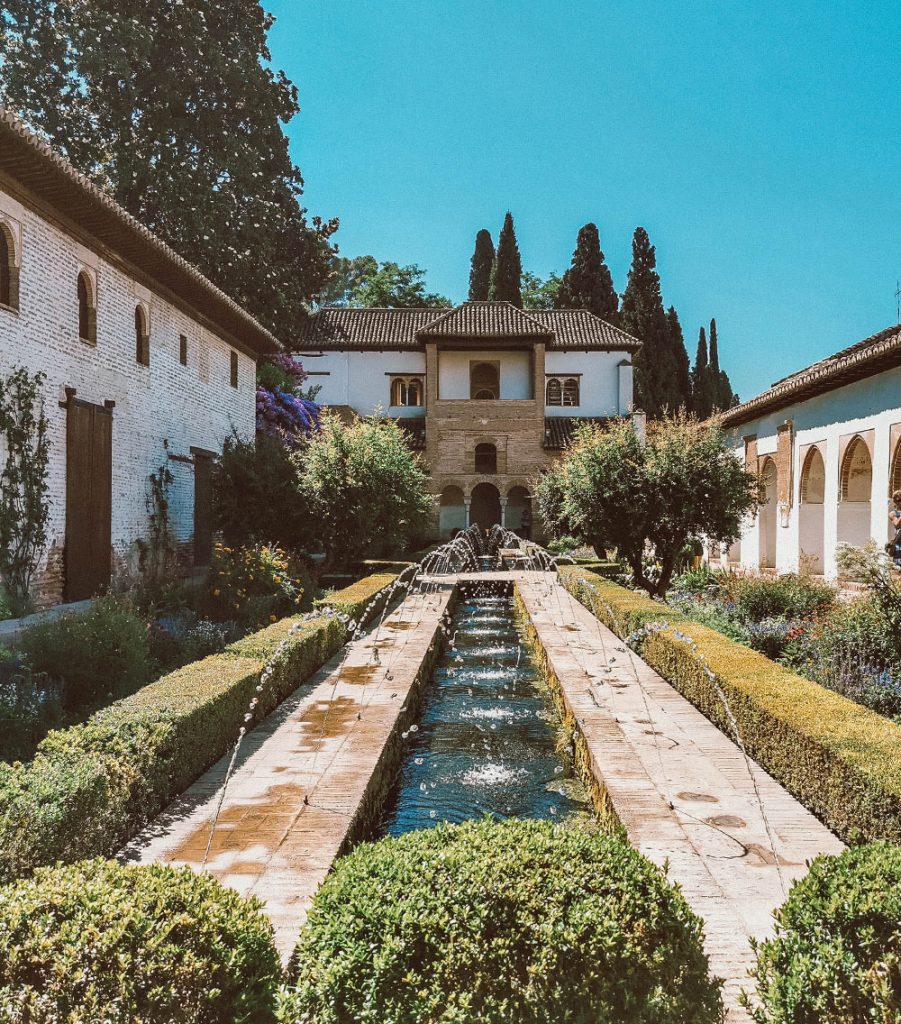
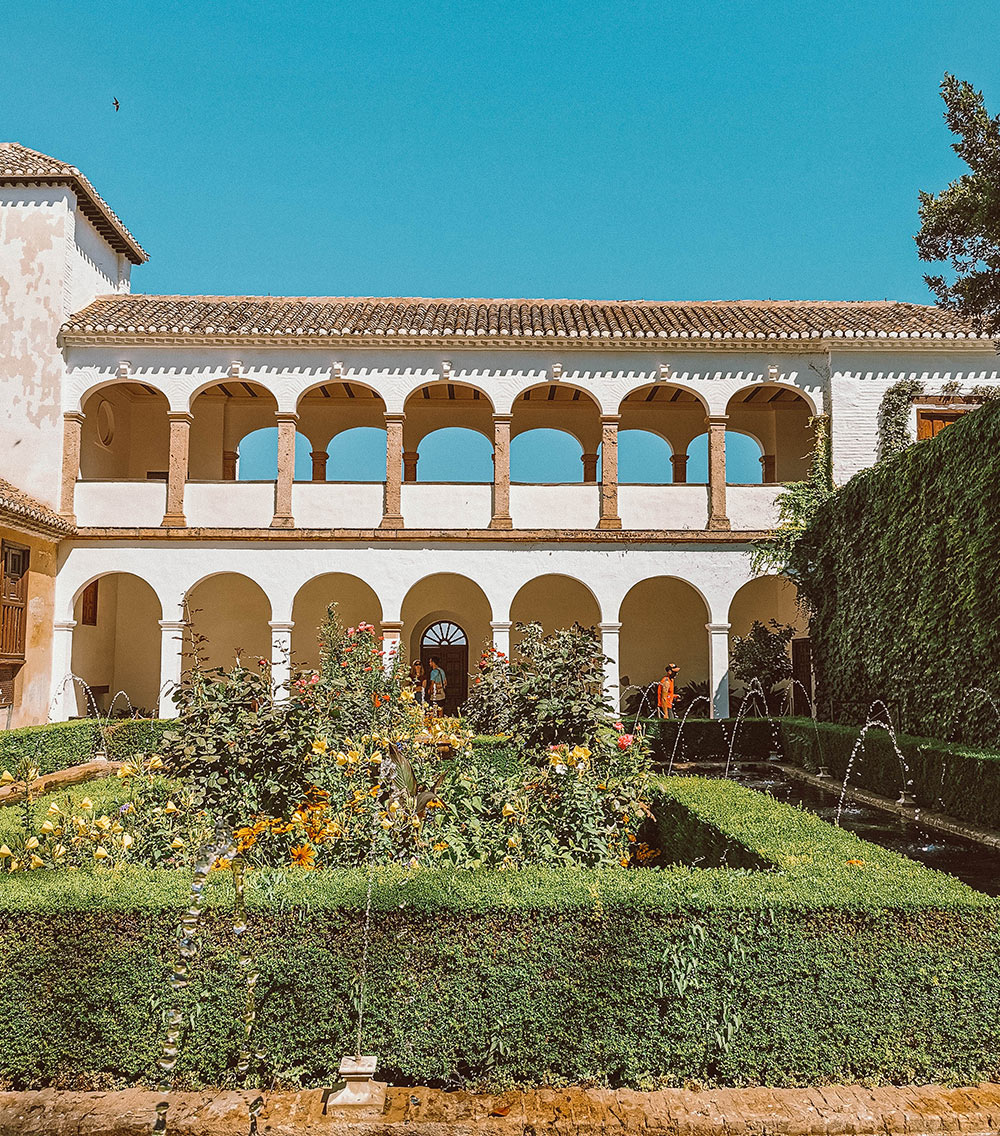
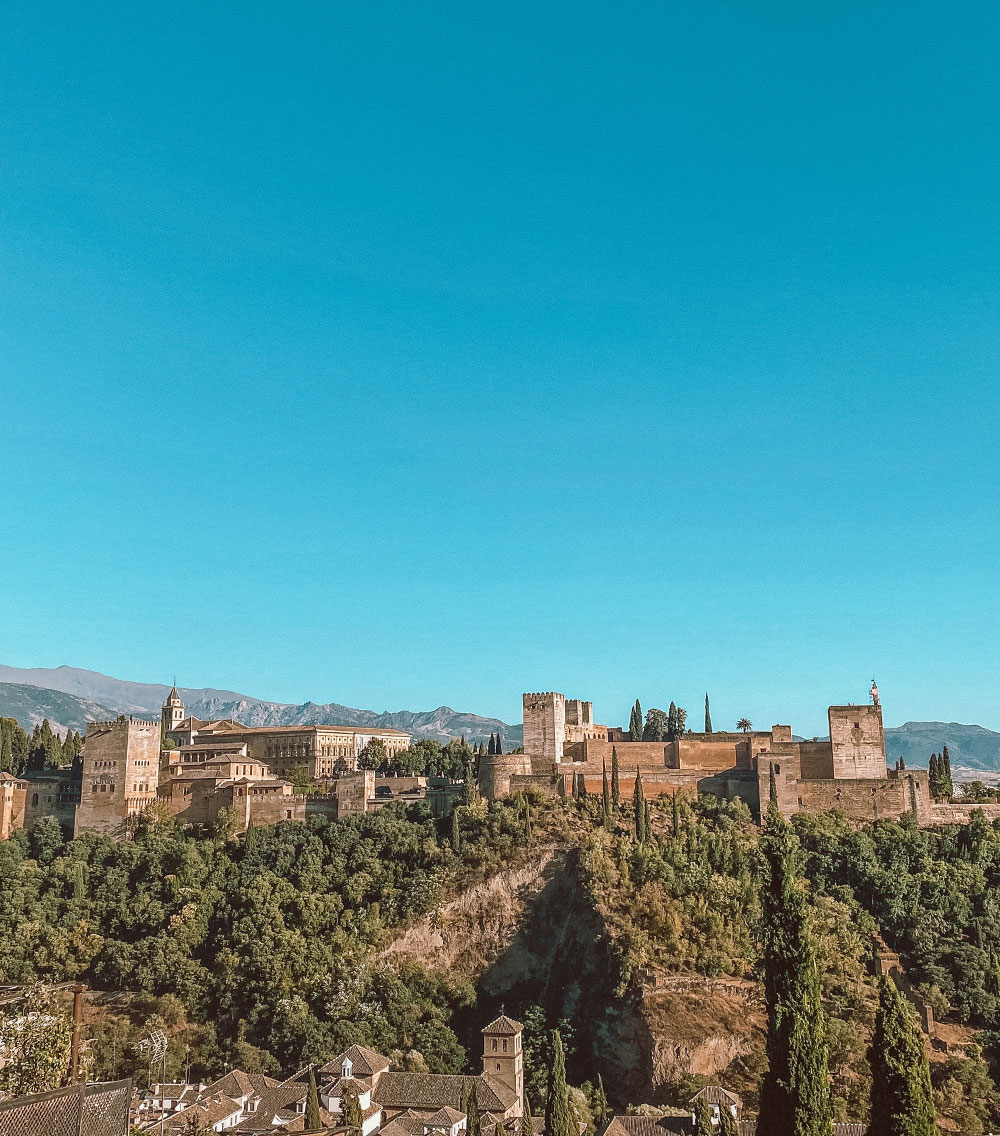
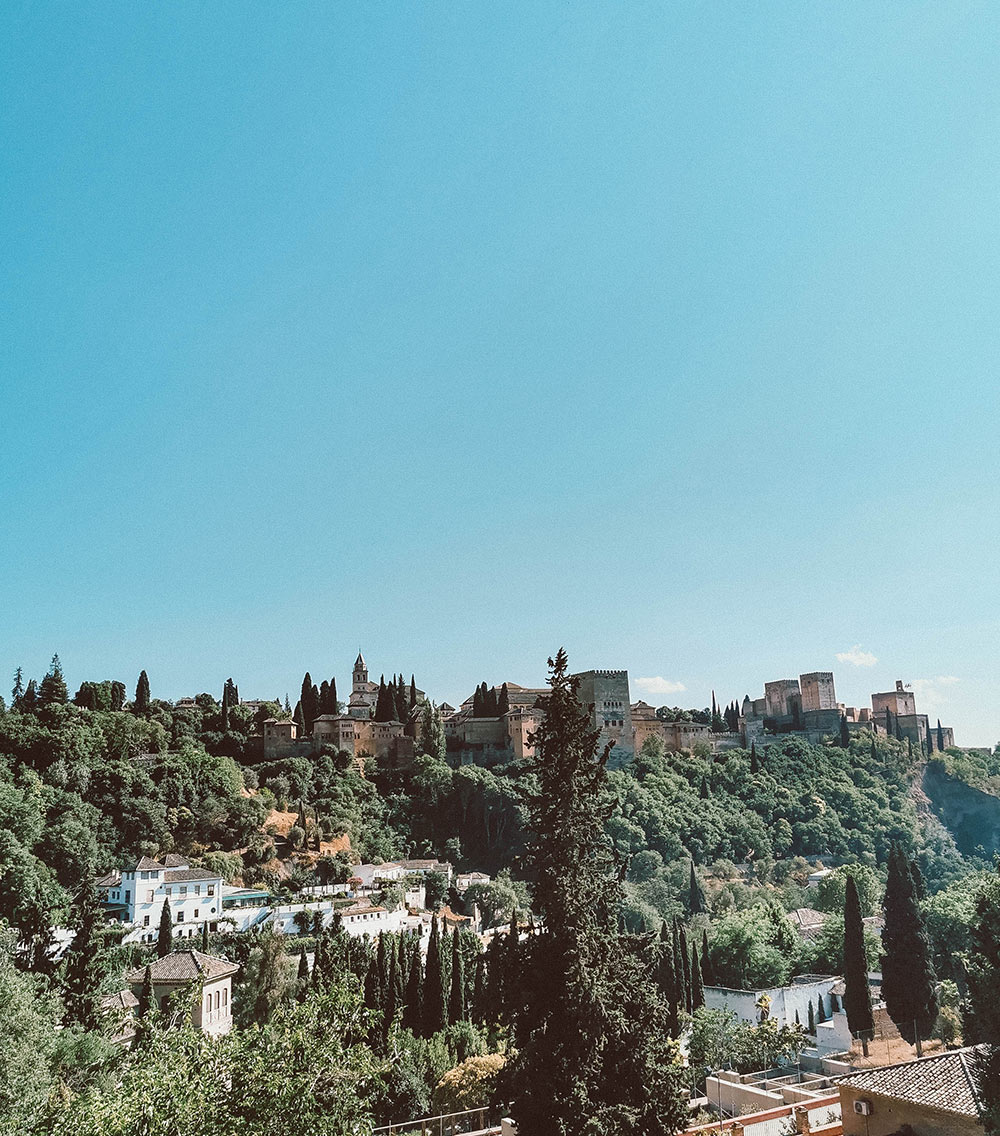
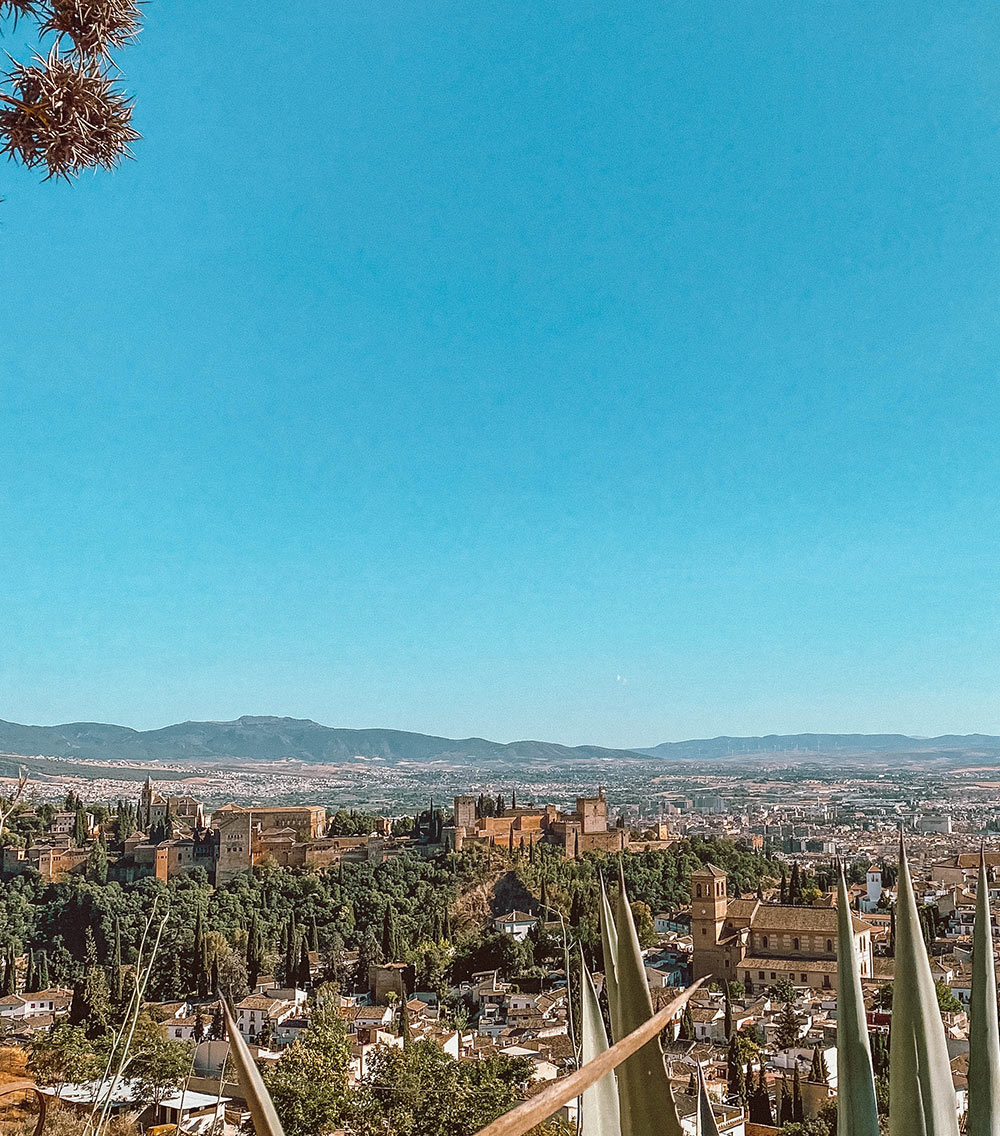
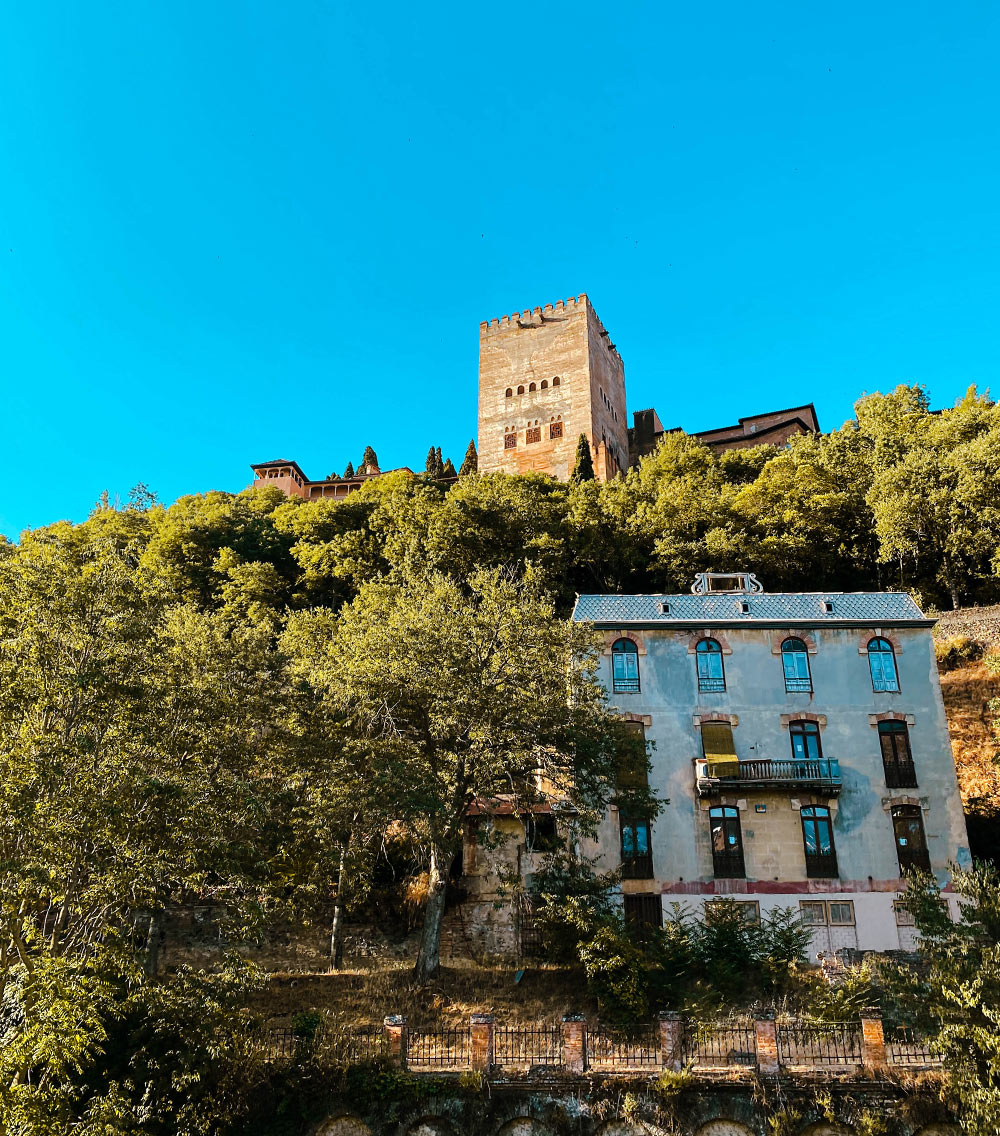
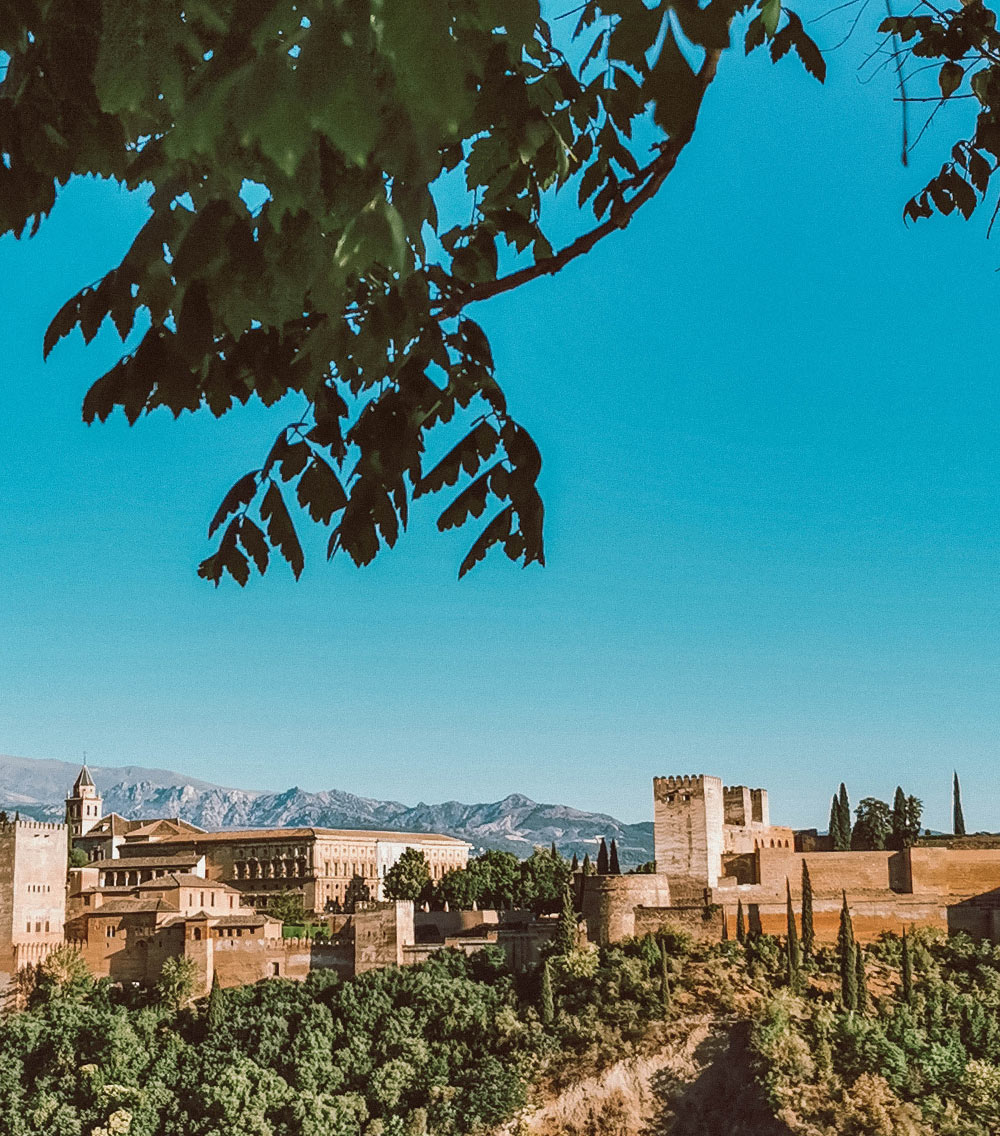
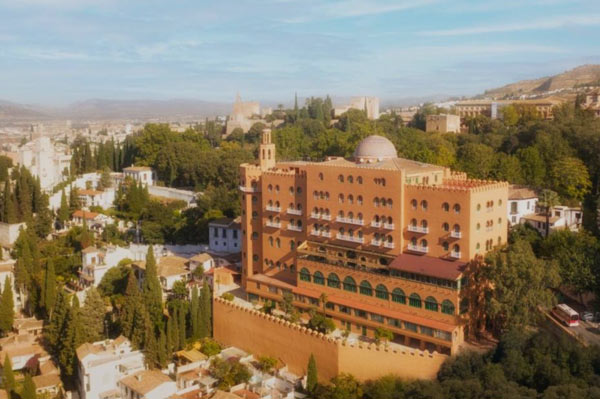
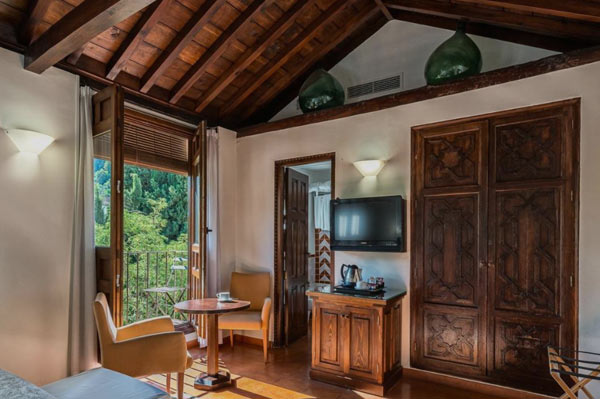

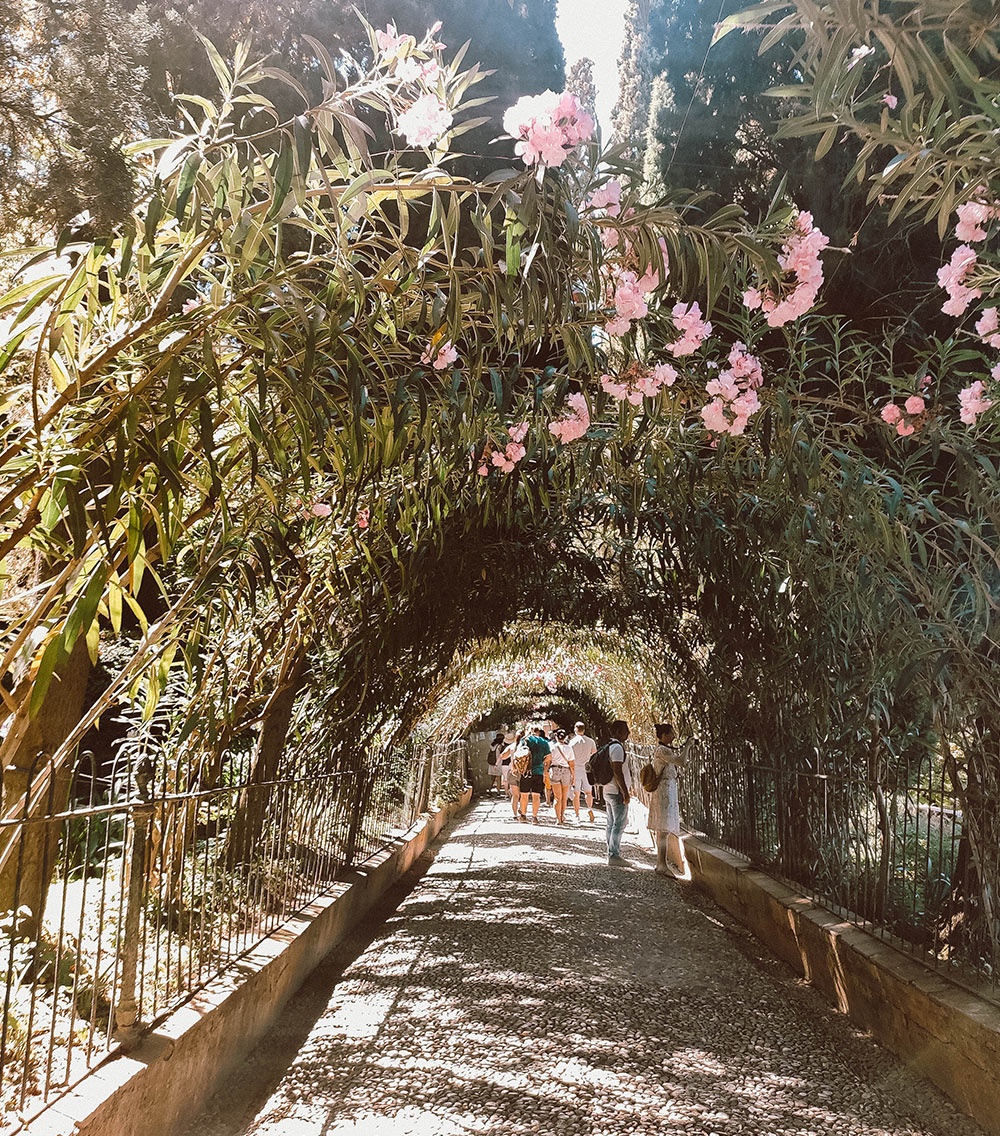
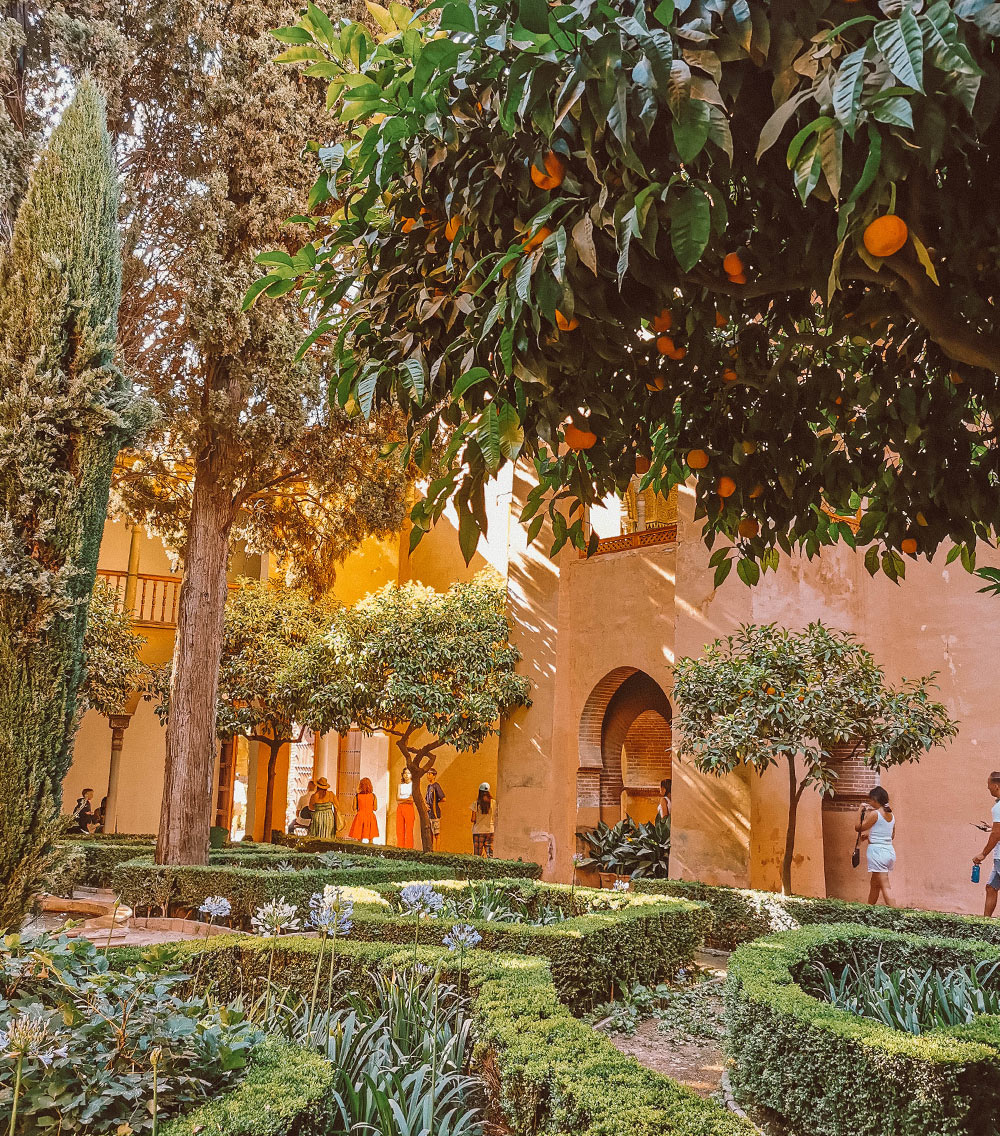

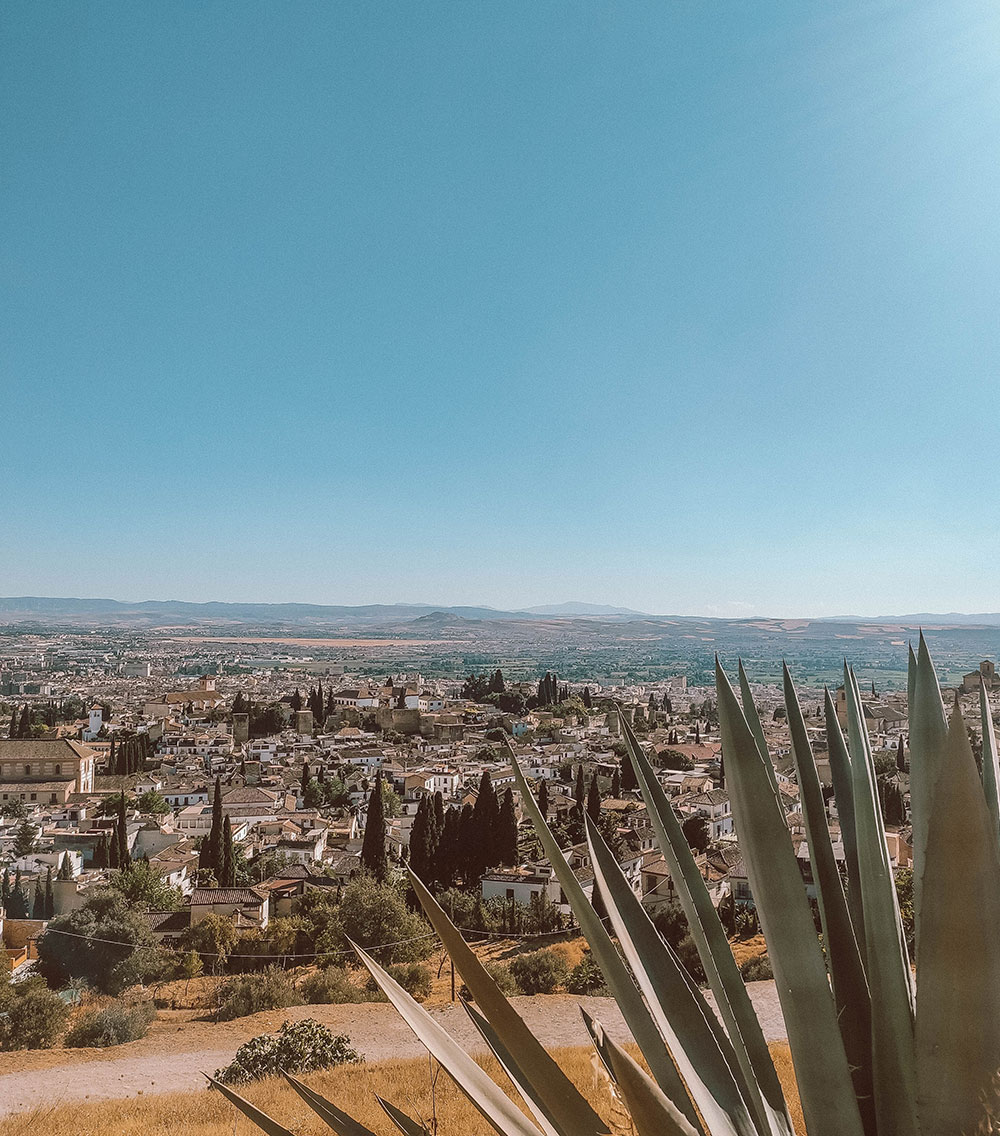
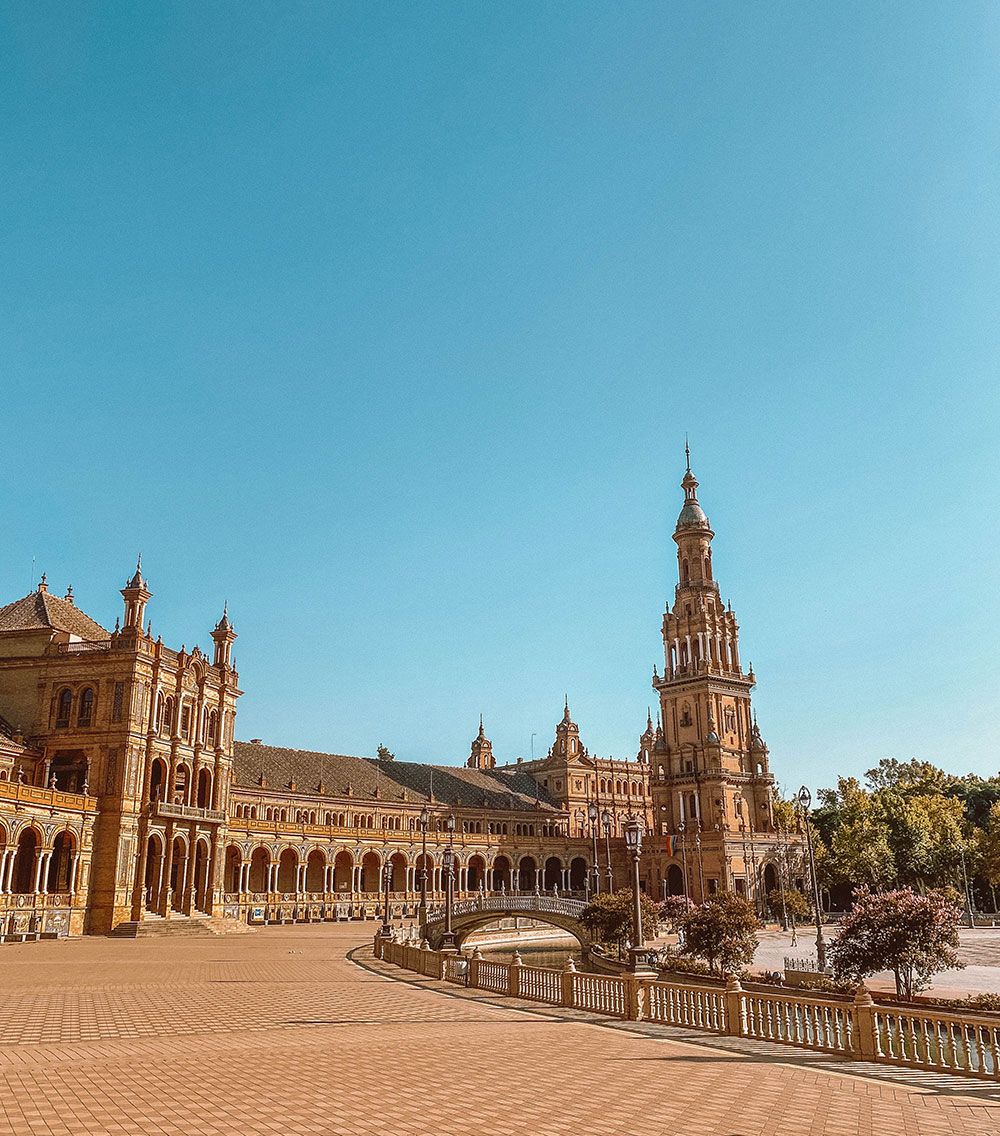
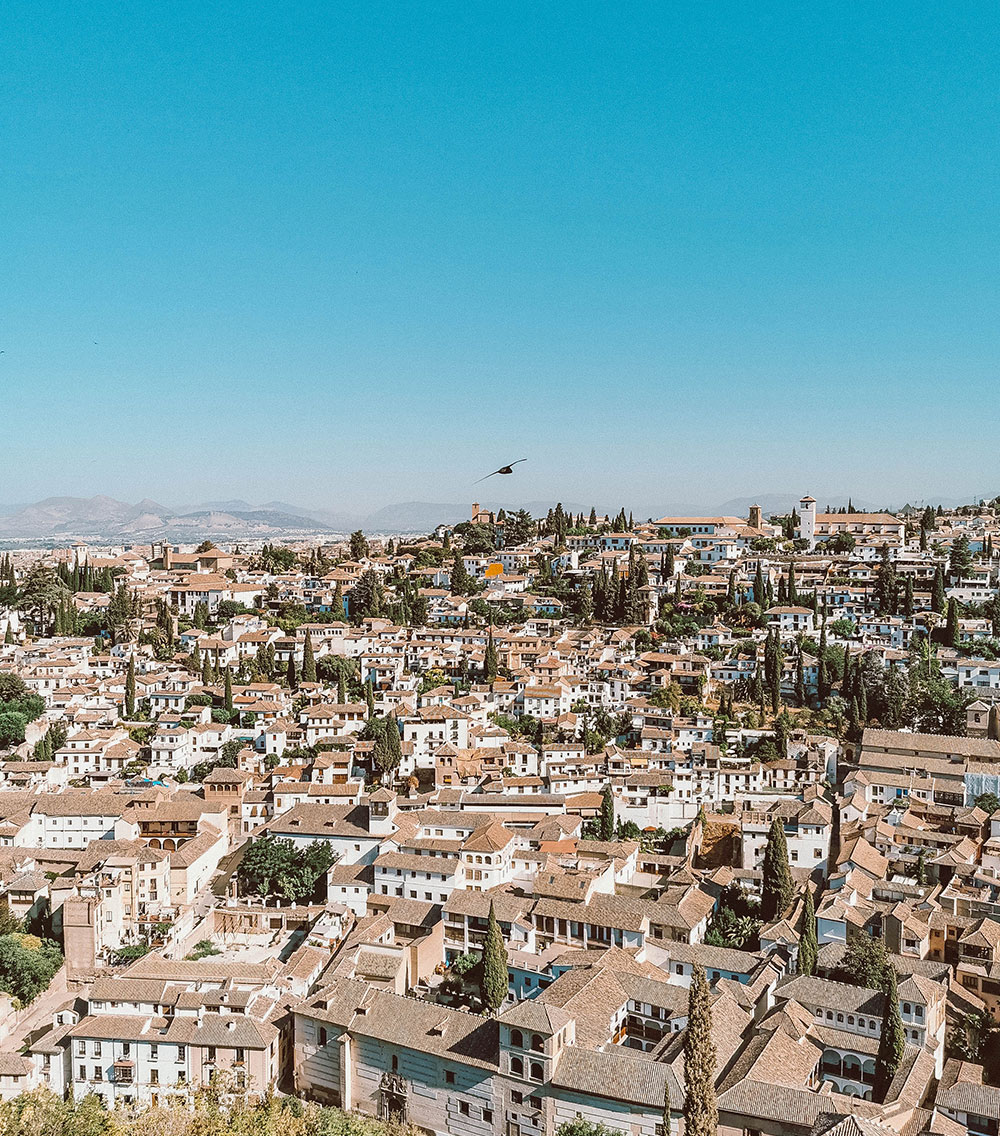
No Comments